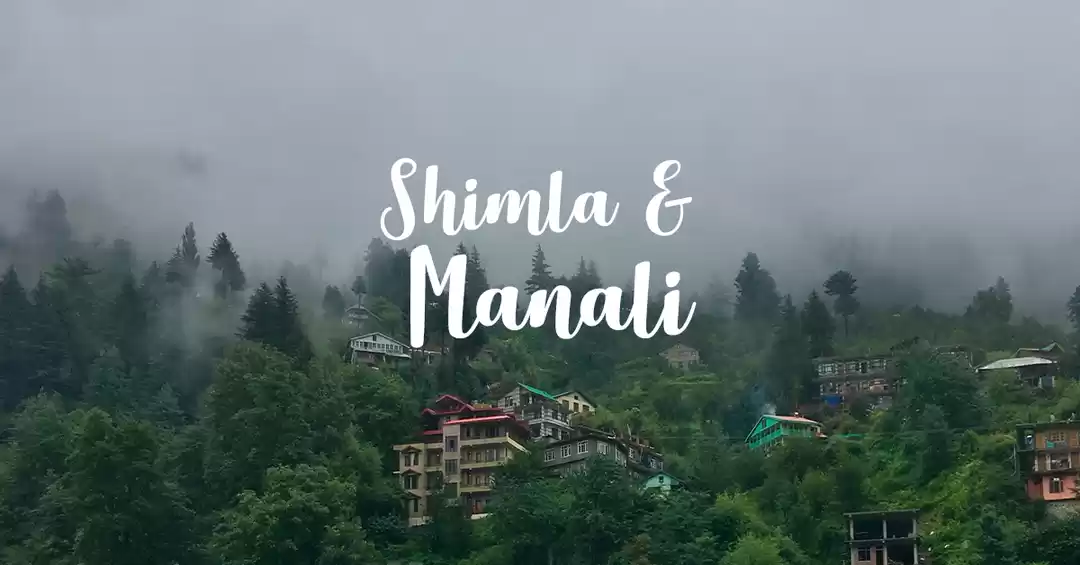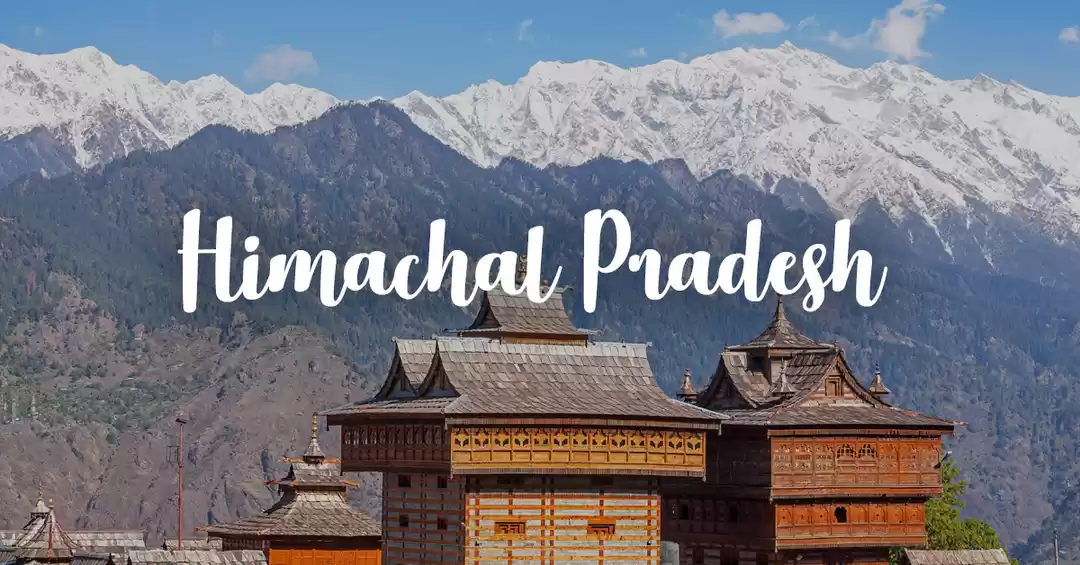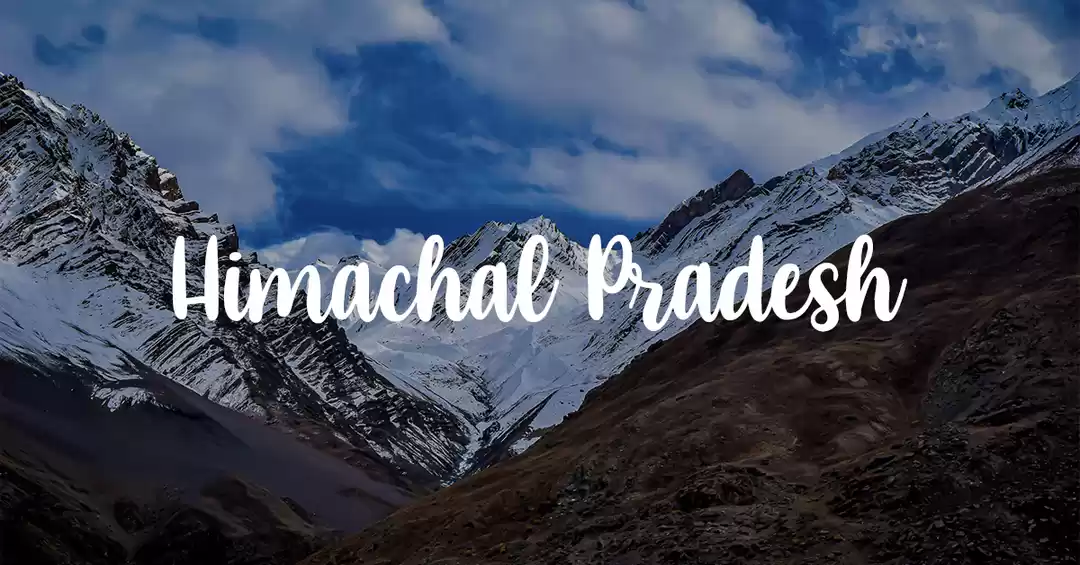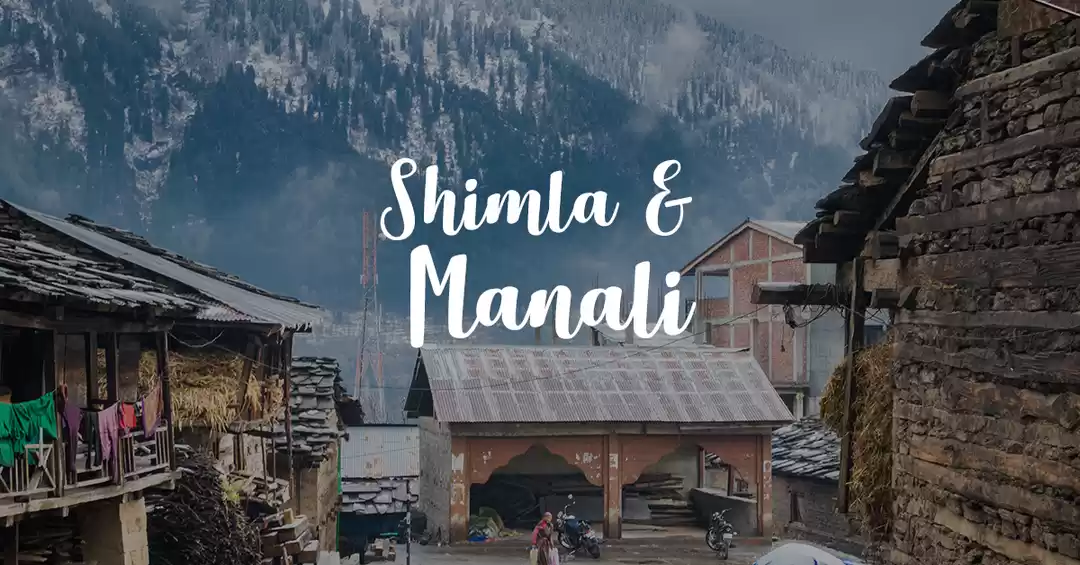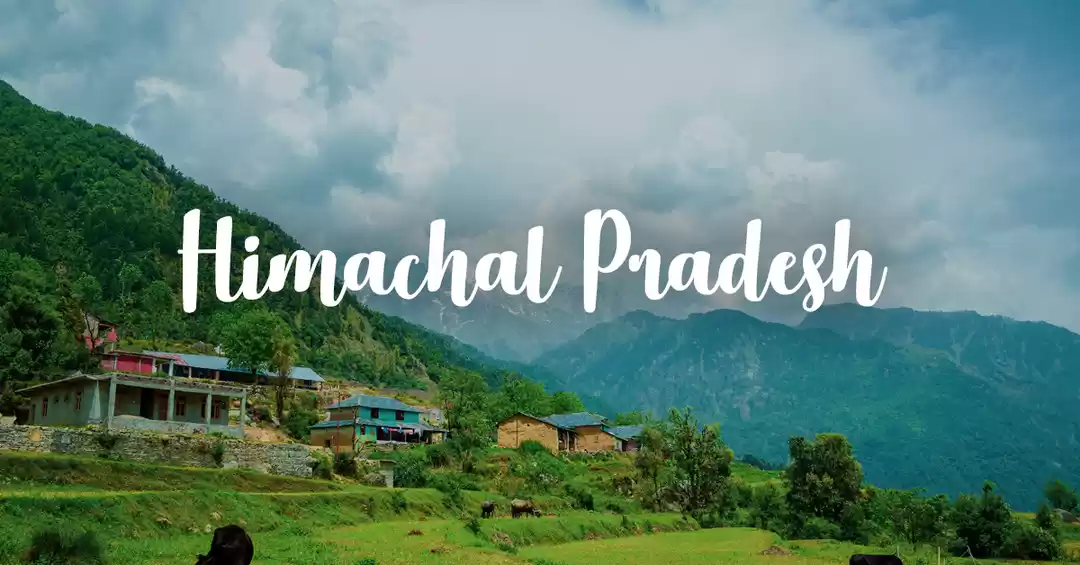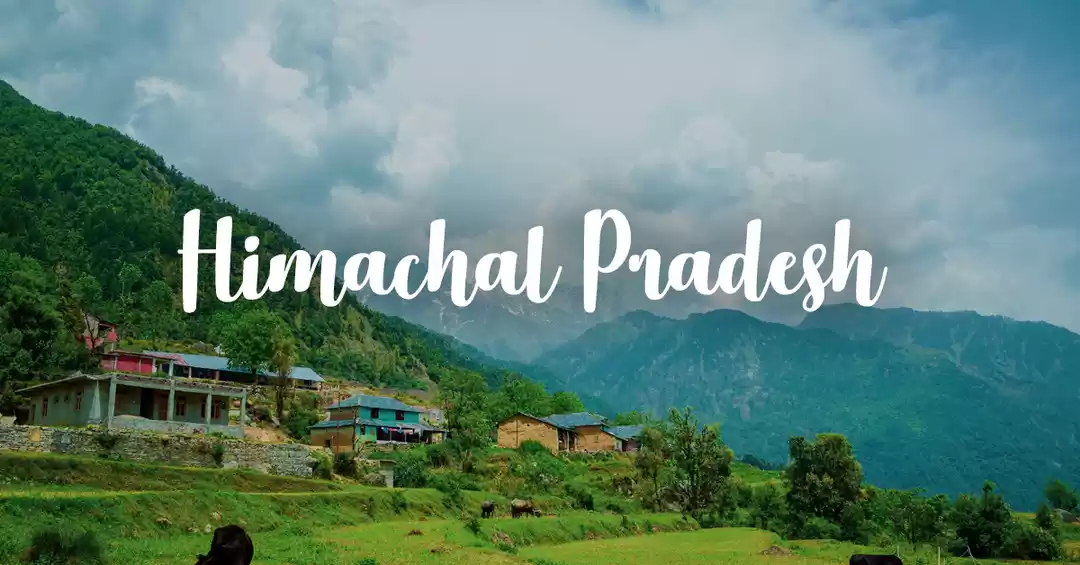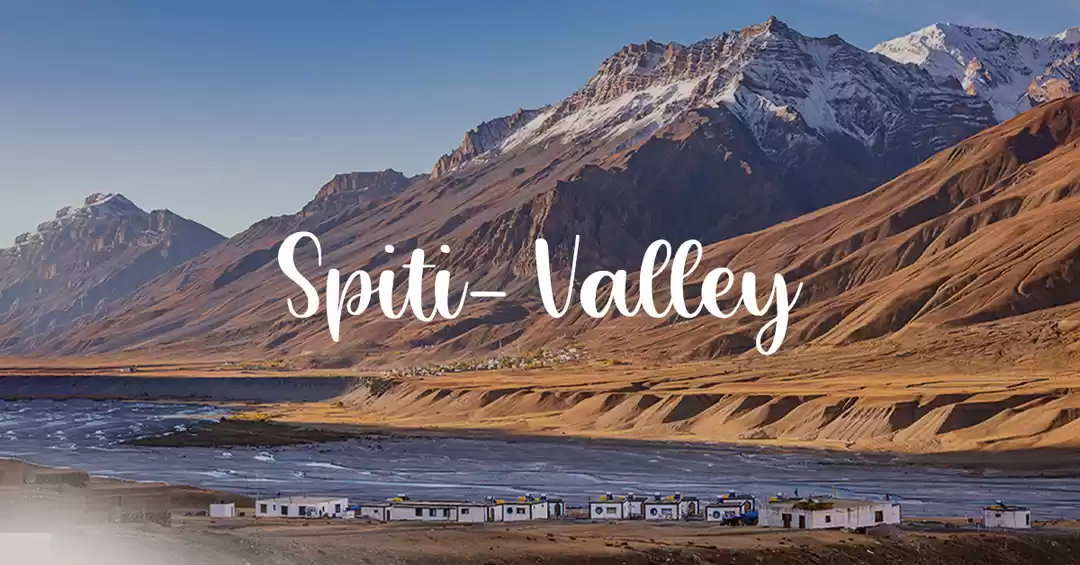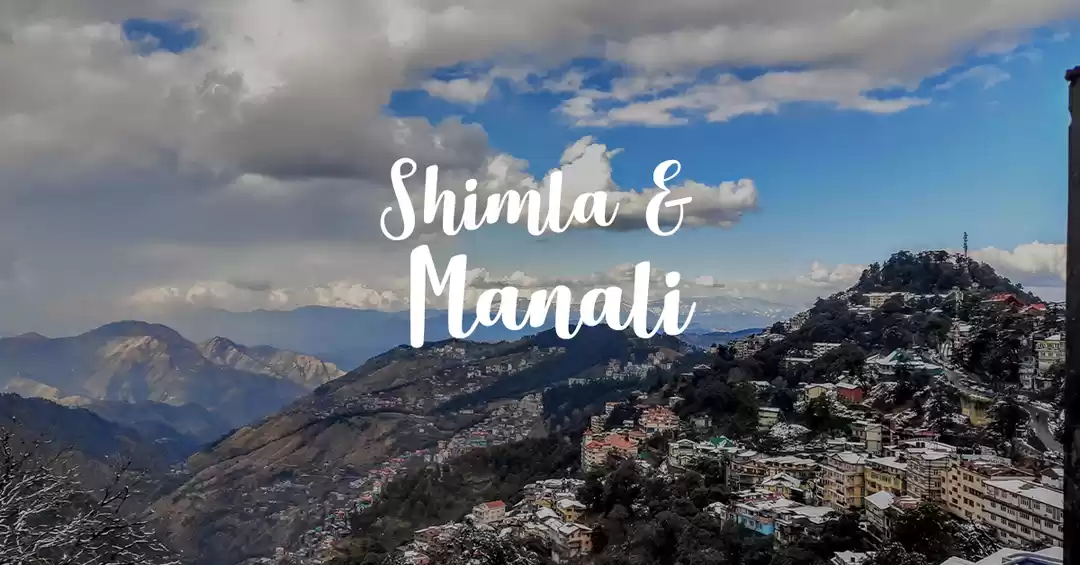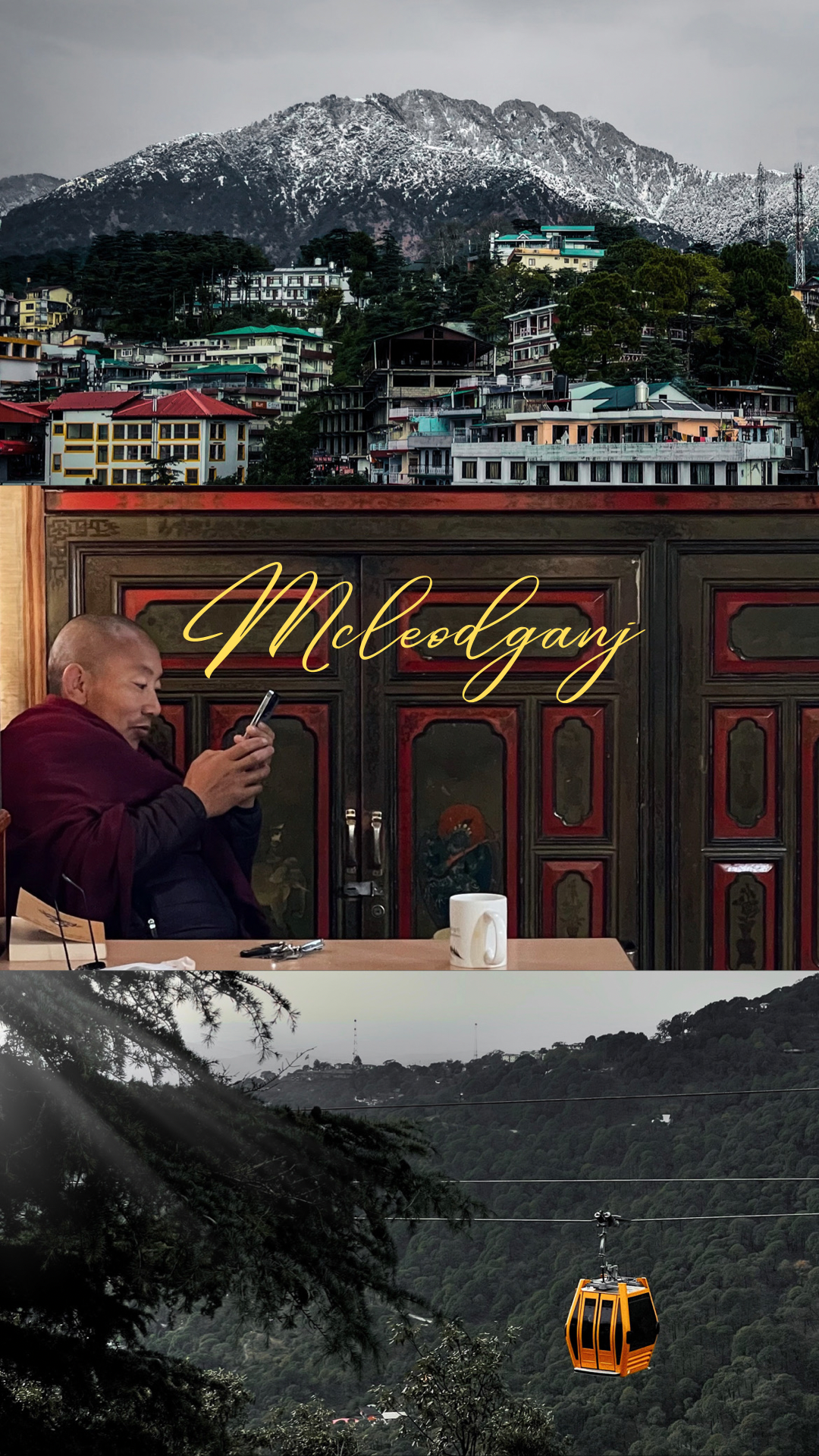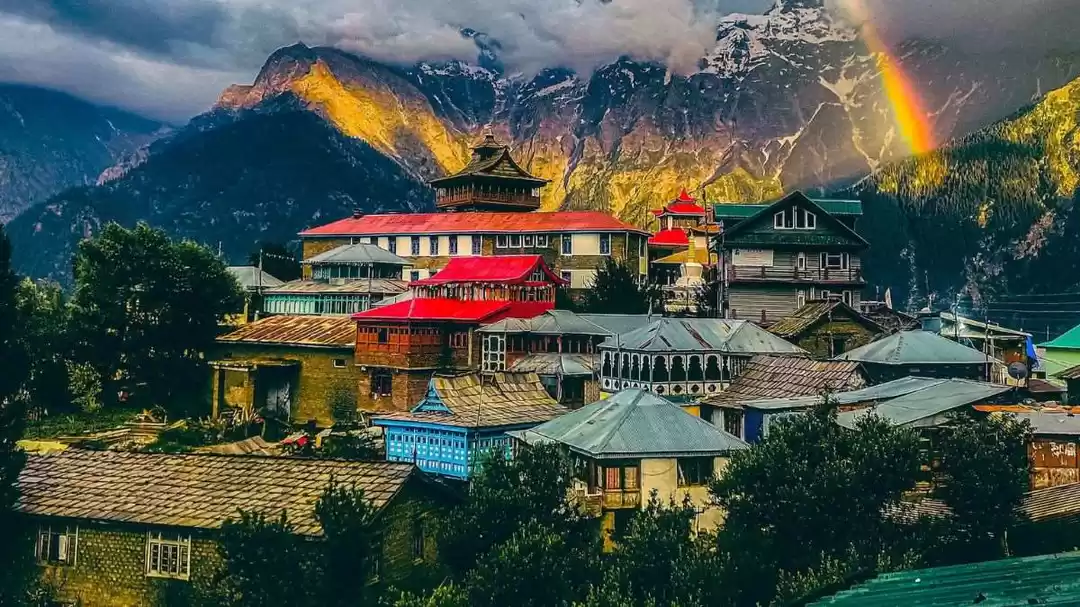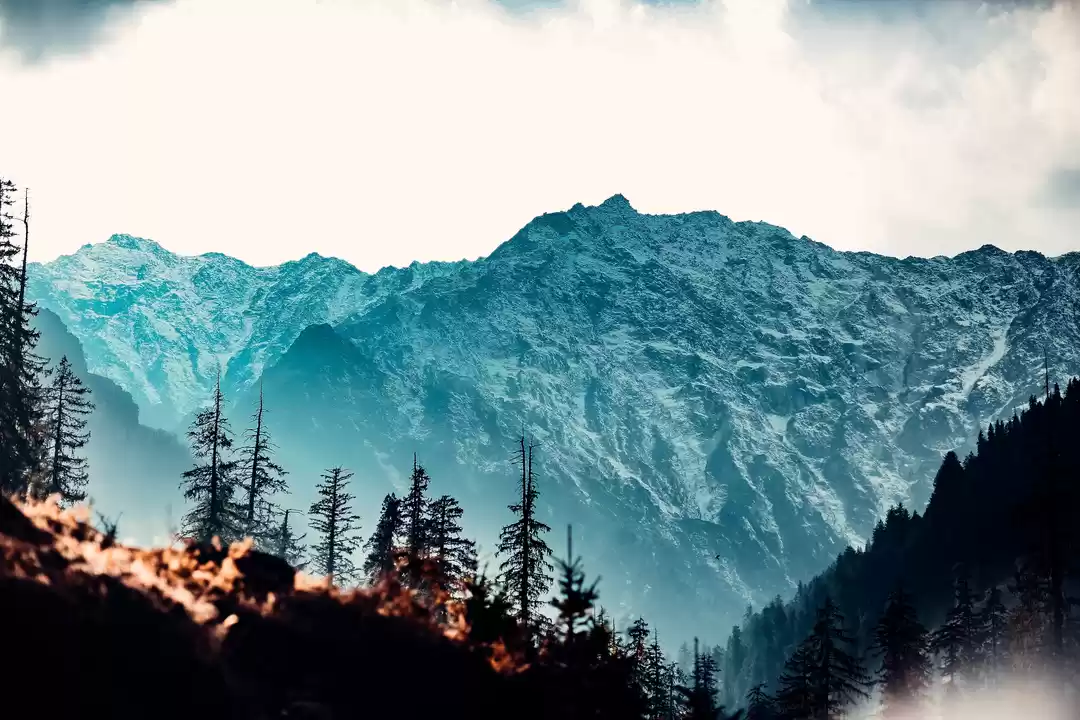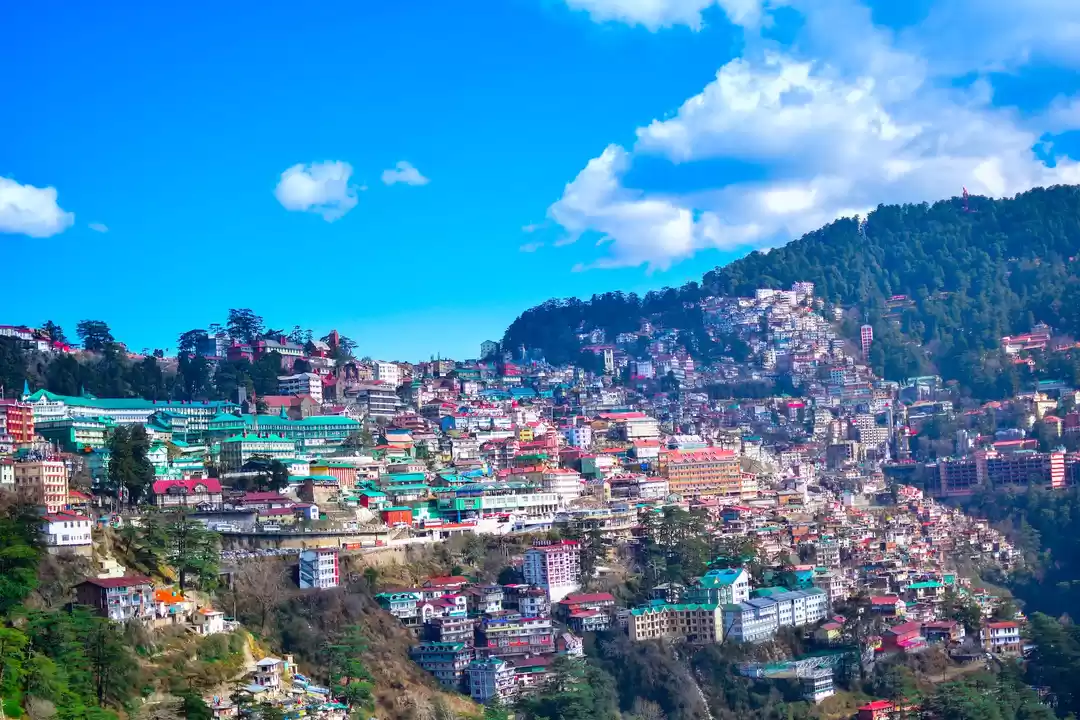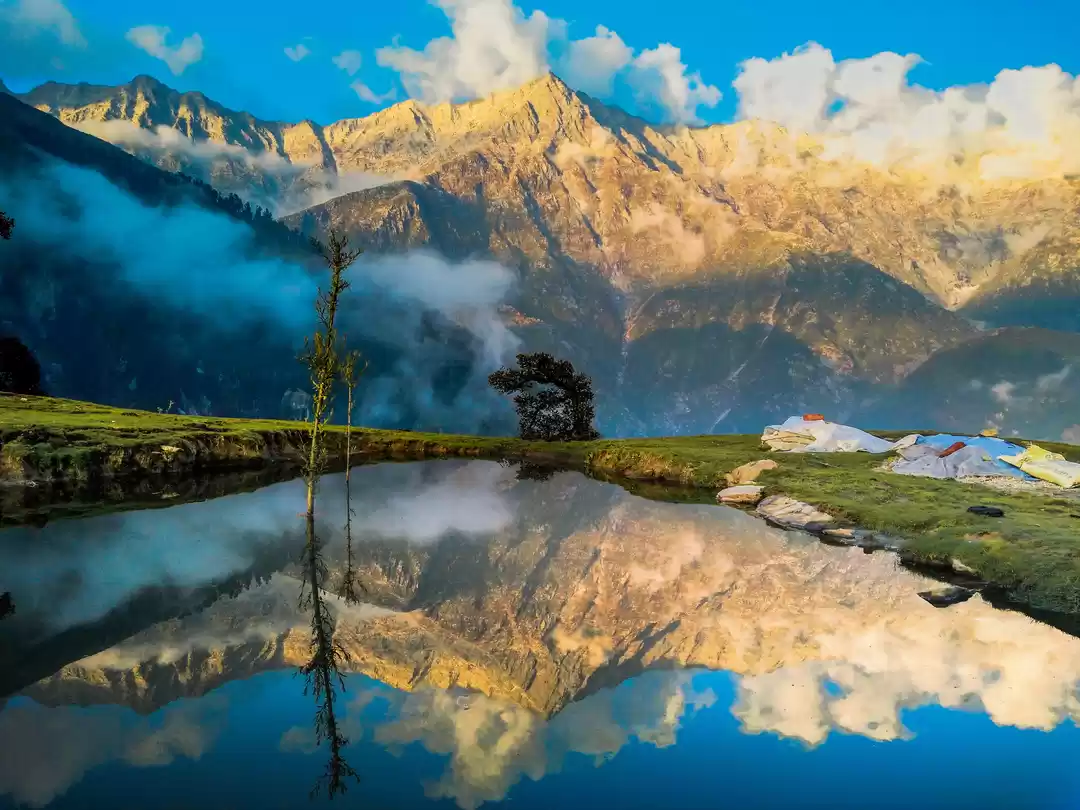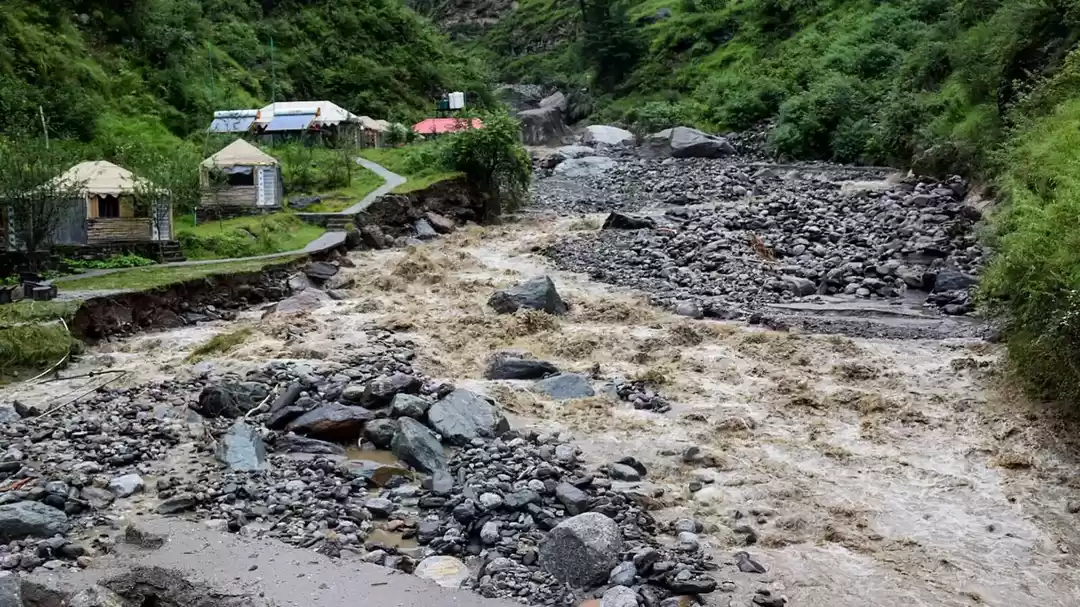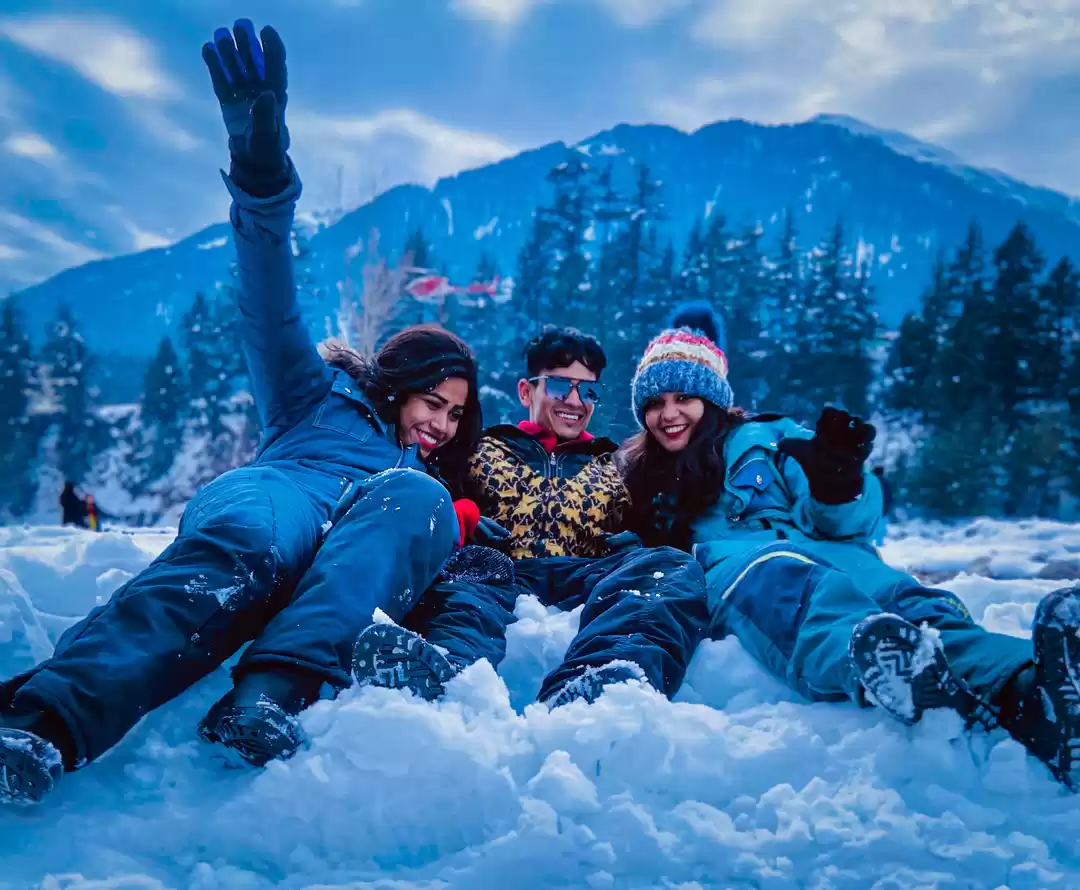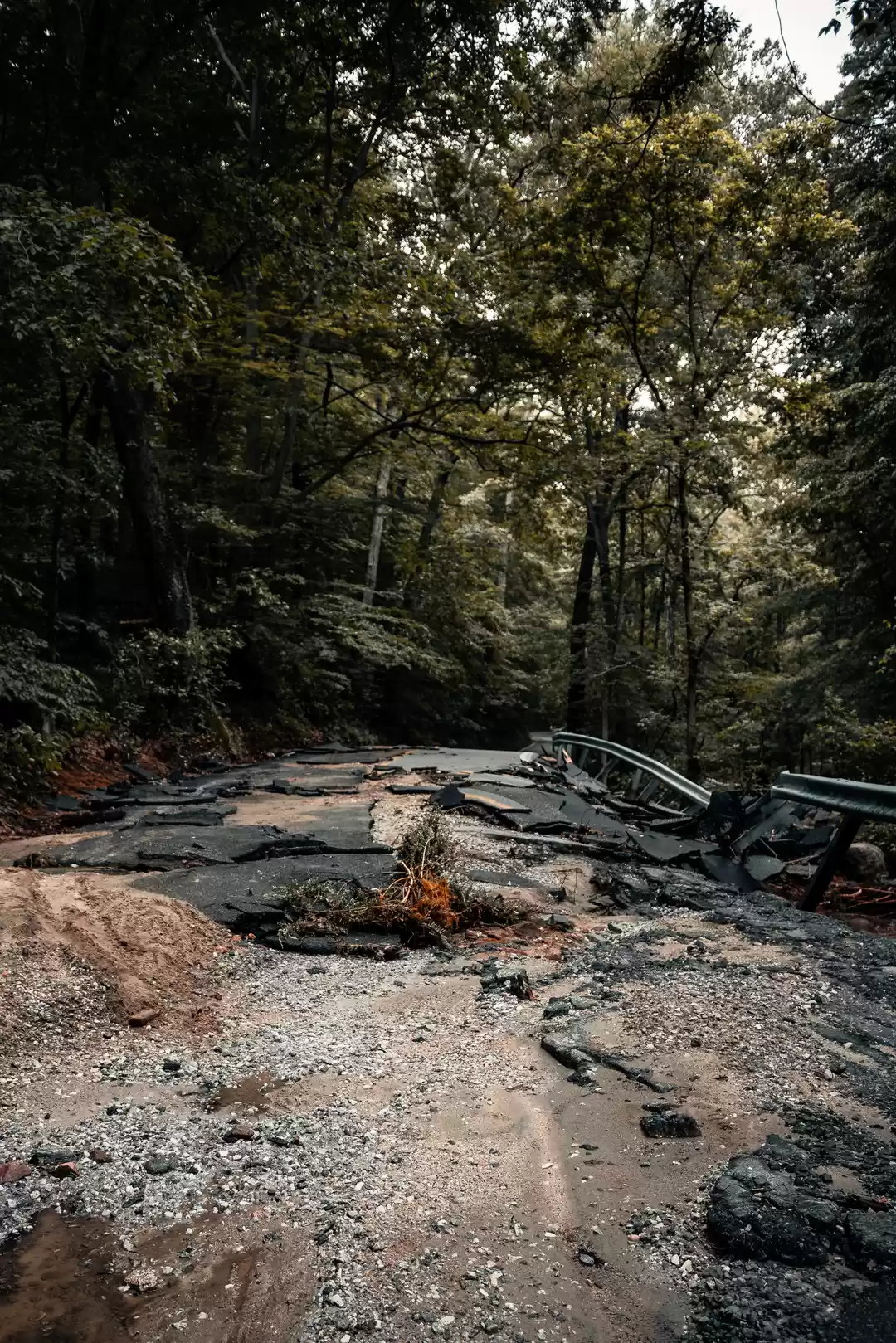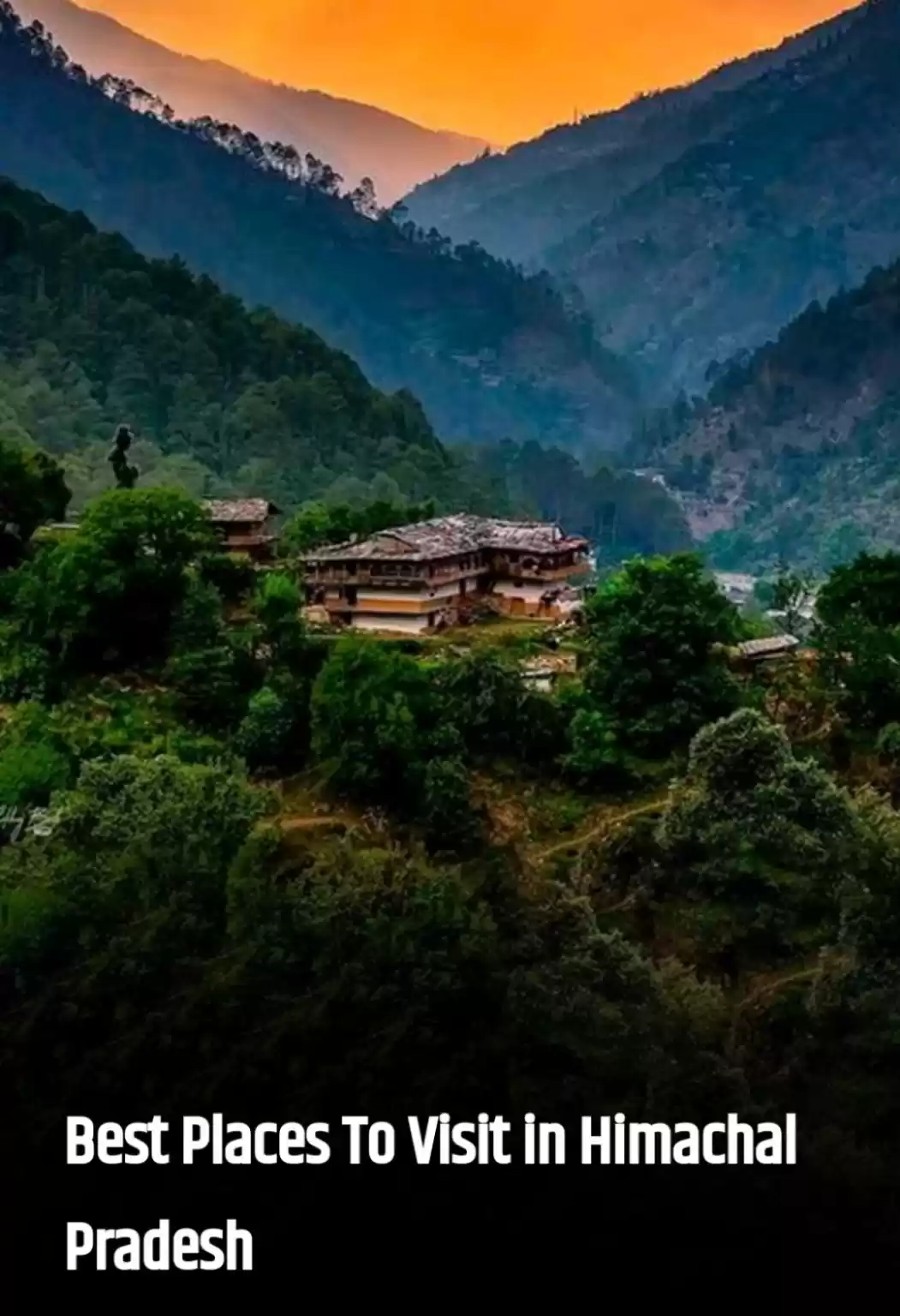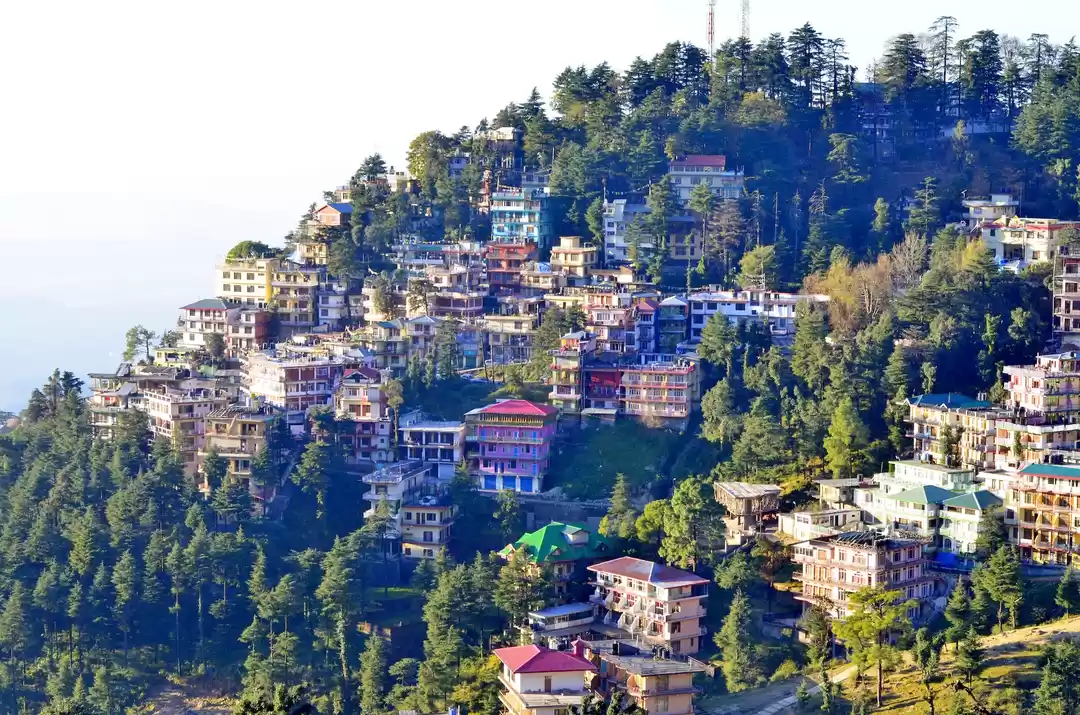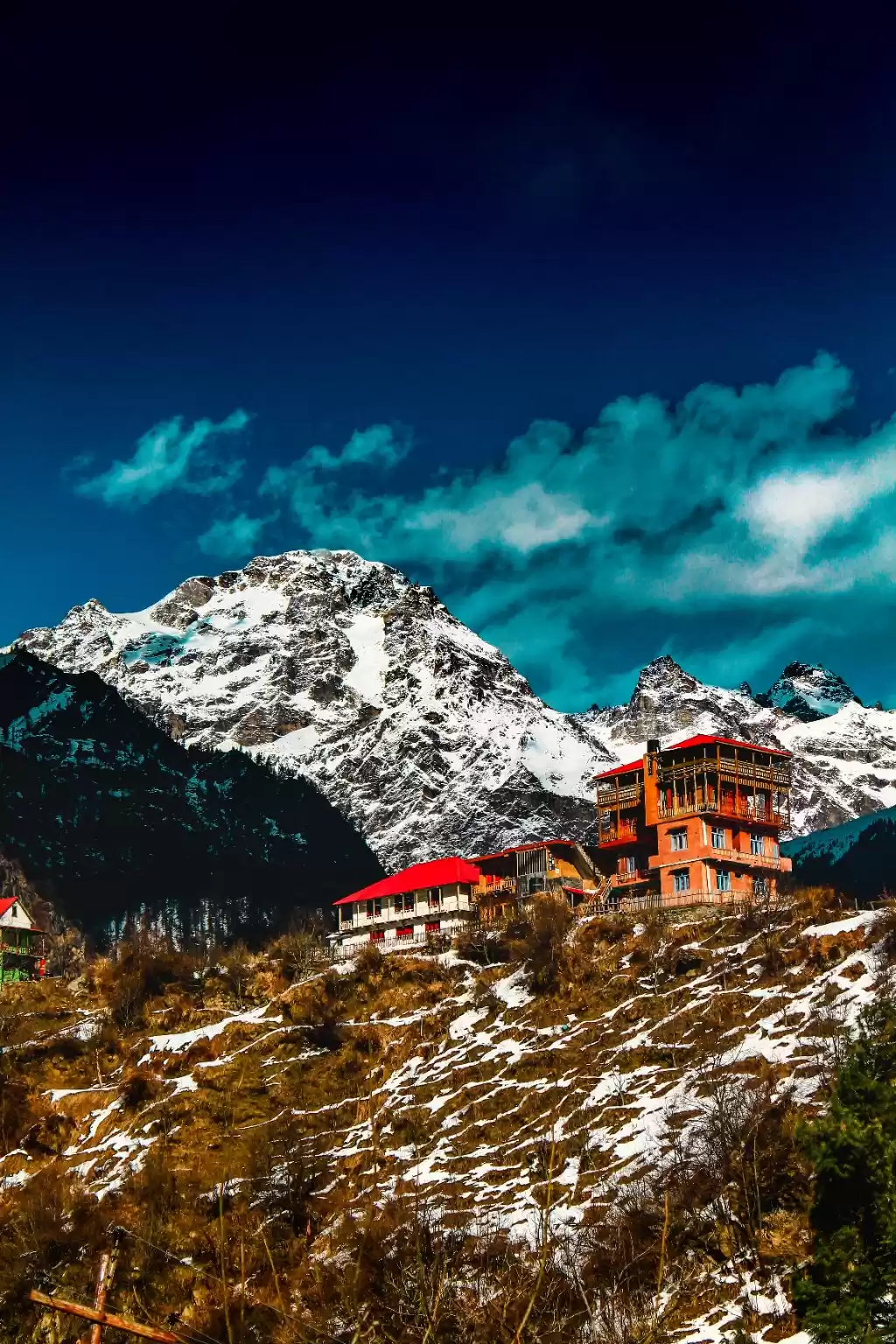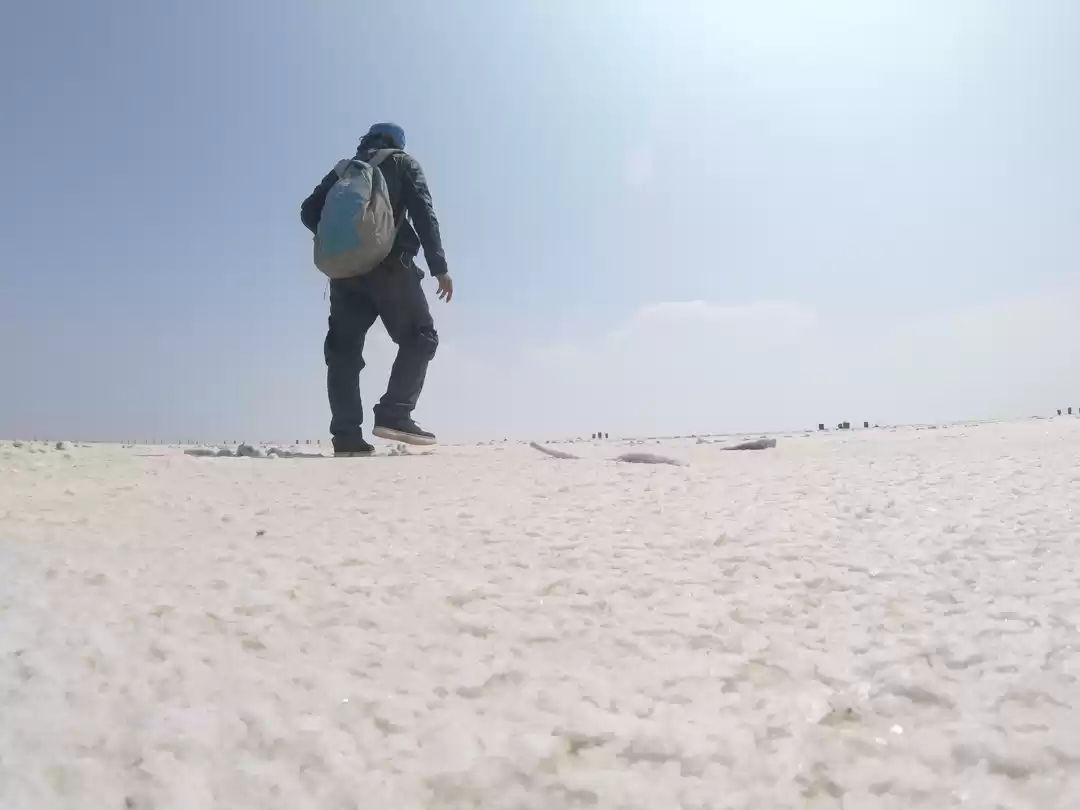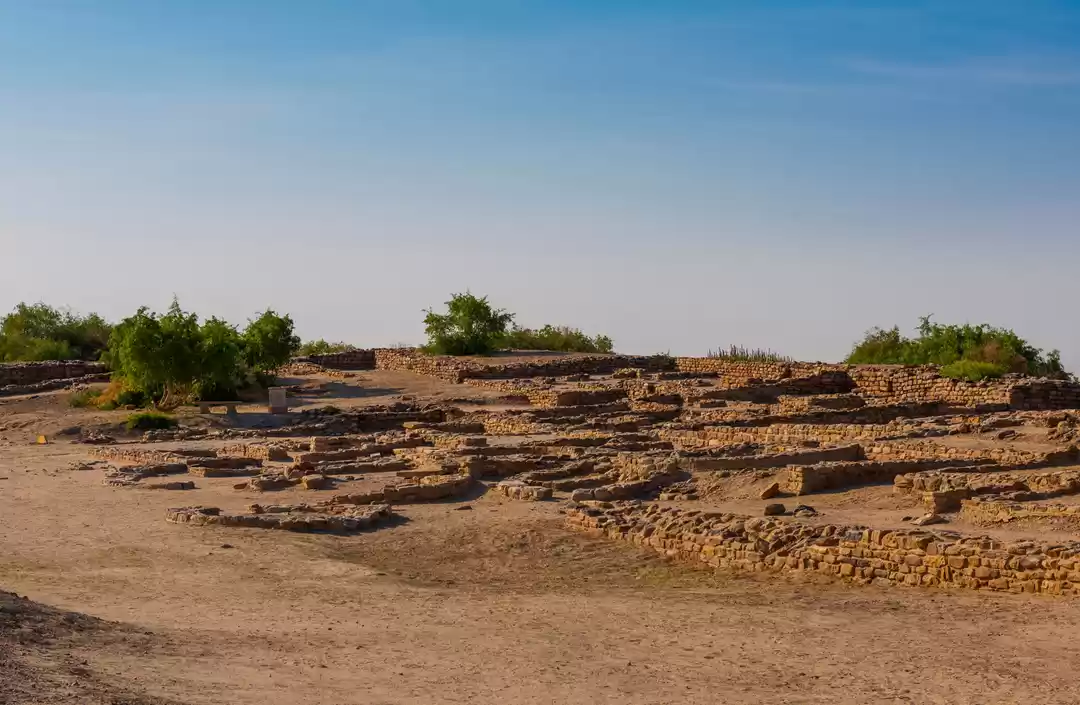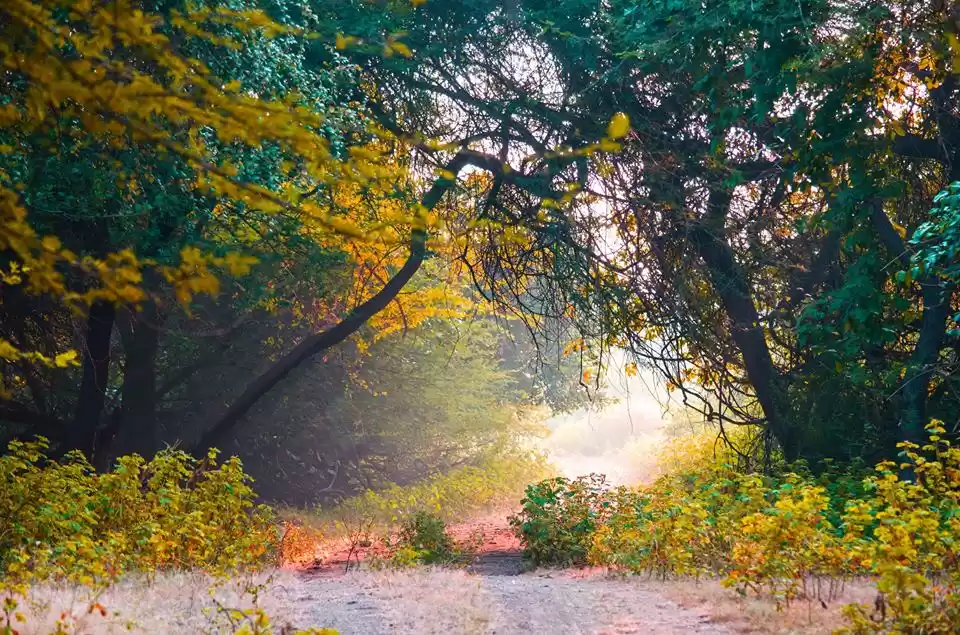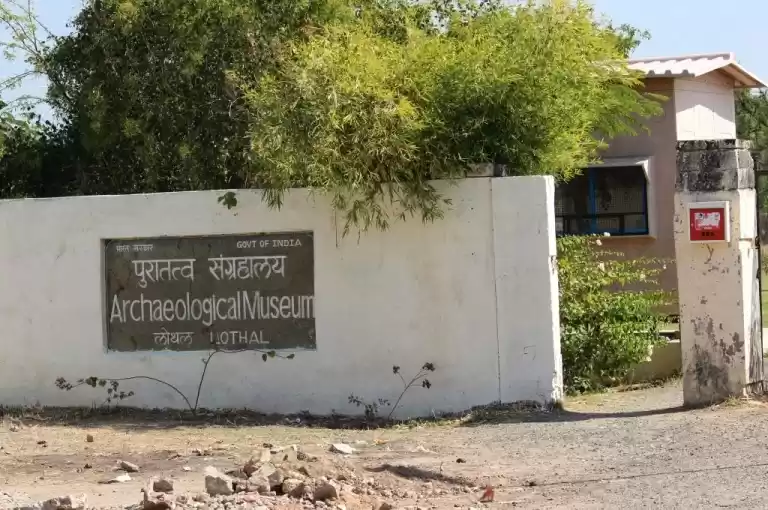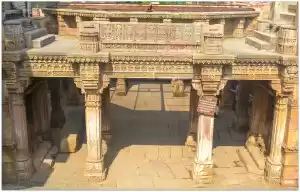After having a much needed sleep in Surat, I woke up early at 5:30 am(that might be the earliest time I'd ever woken up as I'm possibly the laziest guy when it comes to wake up in the morning). I still managed to get myself prepared for the further journey by 6 am. I checked out from the hotel, checked and lubricated the parts of the motorcycle wherever required and kicked off to the next destination which might be considered as the first port city of India.
I chose NH-48 upto Karjan then took slight left turn on Borsad road. On the way near Ankleshwar, I crossed the mighty Narmada river ( earlier I had crossed the Tapti river which flows parallel to Narmada). This is again the second encounter of Narmada, earlier I had visited Narmada while Ujjain Kumbh mela. Narmada is the most prominent of the rivers flowing from east to west and draining into Gulf of Khambat in Arabian sea.


I reached Borsad at around 10 am. I saw some shops of Gujrati snacks near a crossing. I stopped there to have some breakfast. I had Dal ke Pakode and chai and took rest for half an hour as I was constantly driving for more than 3 hours.
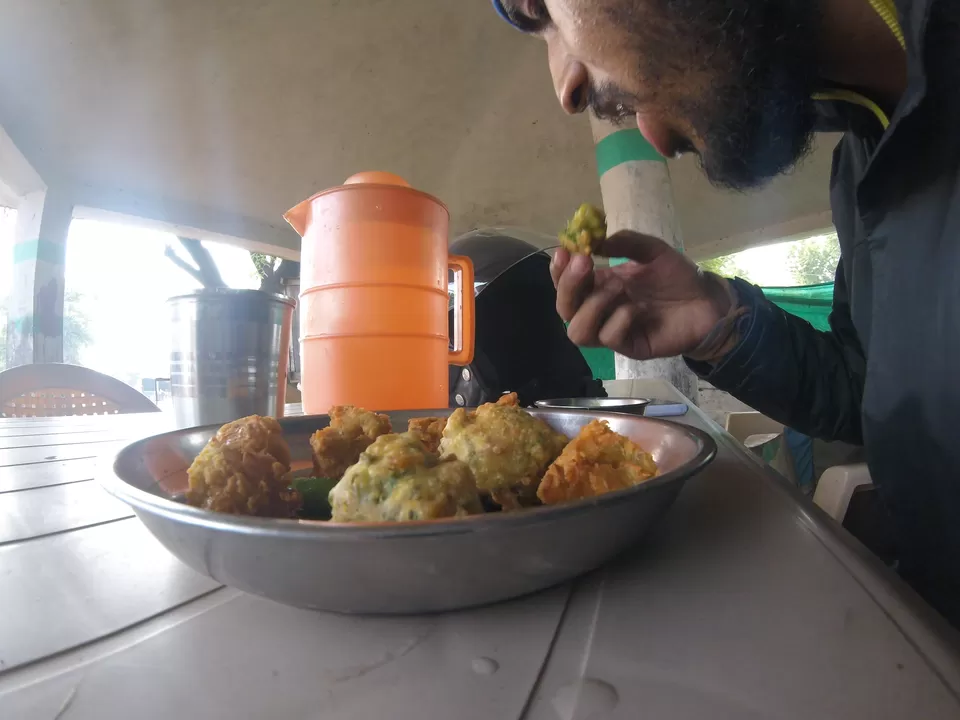
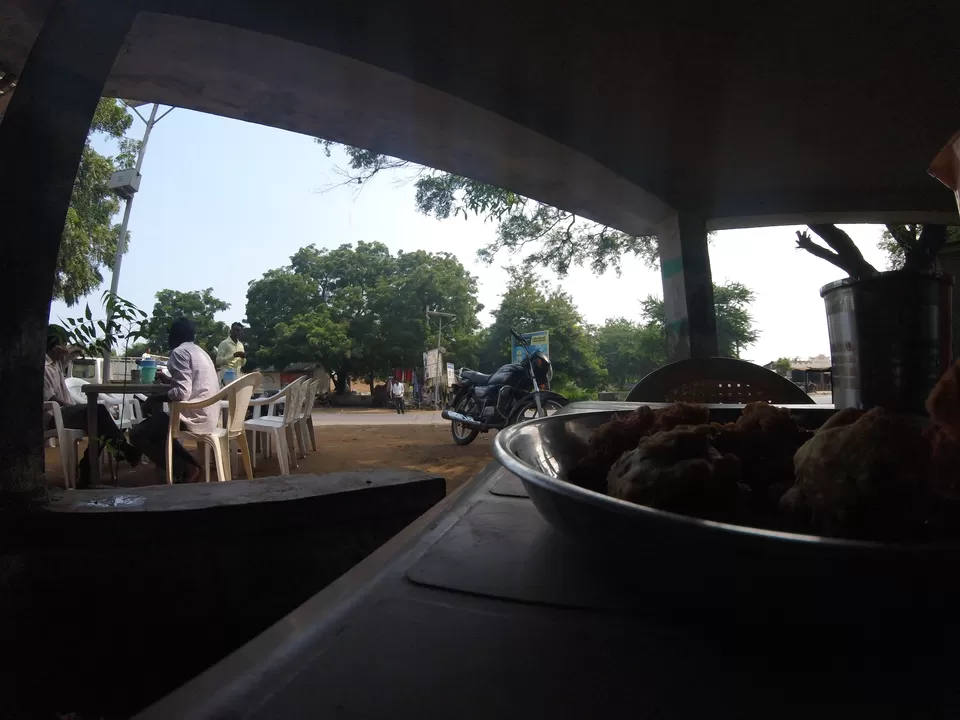
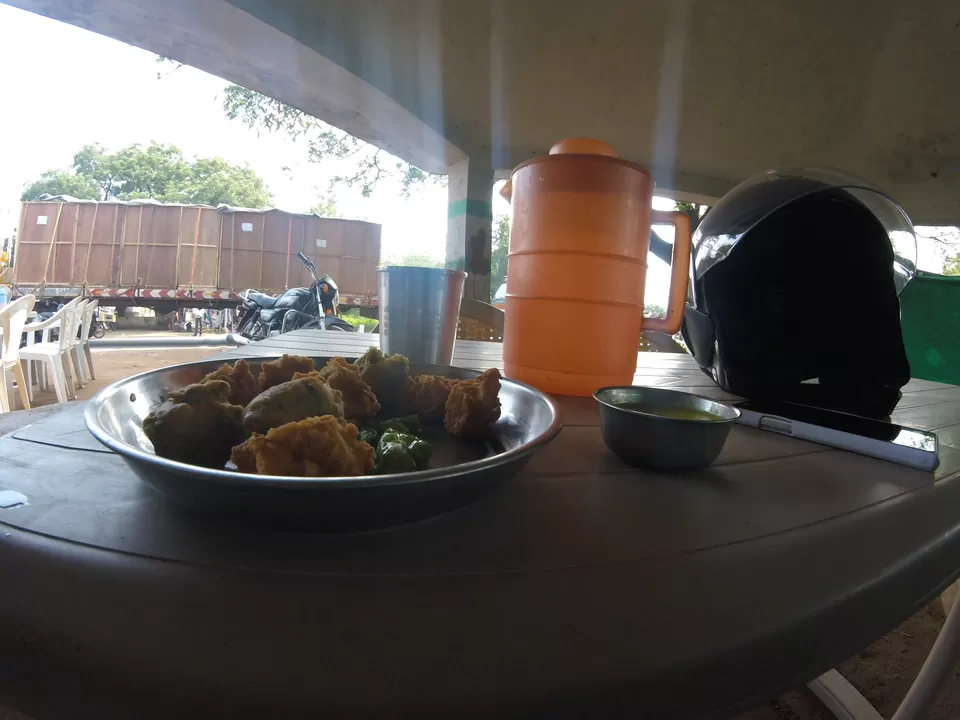
Lothal was still 100 km from here. I started off again to reach there as soon as possible. After Karjan I had been driving on state highways. But they were very well built. Enroute to lothal I found a good dhaba and had lunch of daal and roti.
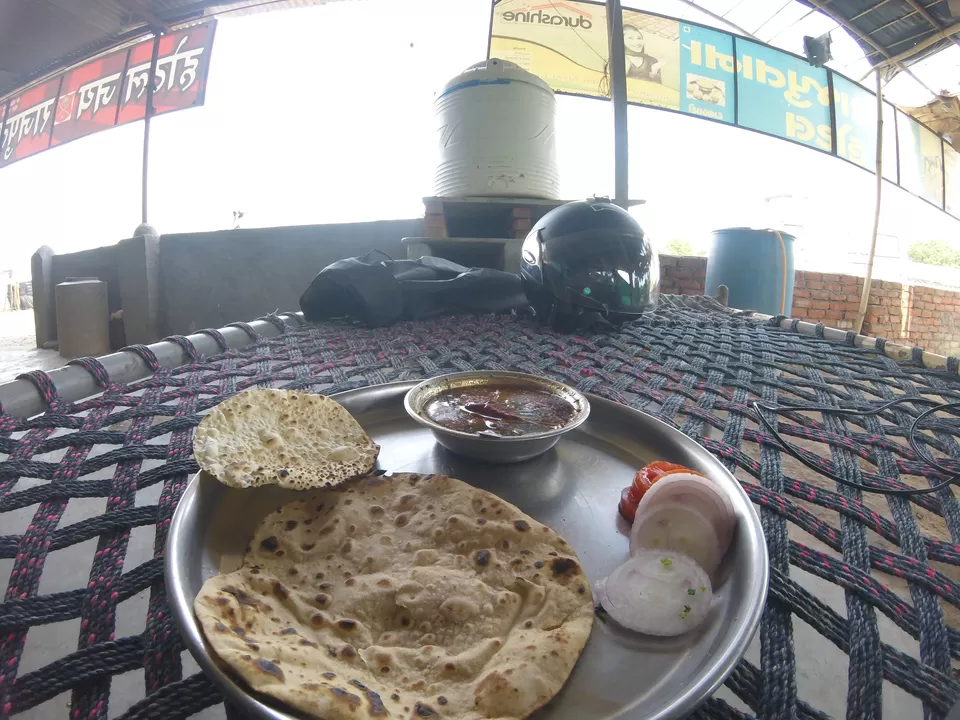
I reached lothal around 1 pm afternoon. This was my first encounter of any of the cities of the Indus Valley Civilization.
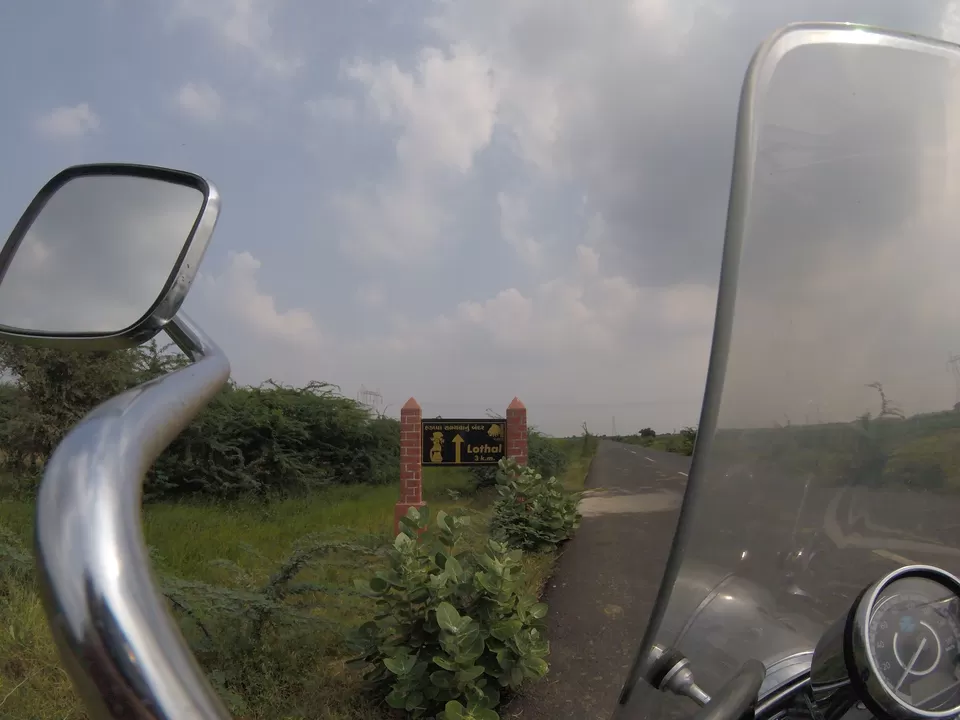

We all have read a lot about Indus valley civilization in our history books. Since then I wanted to visit the sites of this once the most civilized cities of the earth. Lothal is not a very big site but it has a great significance for archaeologist because it might have the India's first dockyard connecting by a river to the ocean. Below is the picture demonstrating the old flourished Lothal city. Sabarmati river now flows 30 km away from lothal. Archaeologists believe that during Harappan period this river used to flow from this city. The river has now changed its course after so many geographical activities. In the below image ( I took this image from www.harappa.com, credit must be given to them ), we can see a man made dockyard and the other side is the river Sabarmati. Ships loaded with goods were sent through this sabarmati river and later traveled through Arabian sea and exported the goods to Mesopotamia ( now Iraq ). Beads and gems were used to export from Lothal during Harappan period. Beads were created using shells, glasses and stones. They used to be decorated in various shapes and sizes. You can still find the man made beads in Lothal. This city is still a great hub of beads and gems. I too bought some decorated beads as a reminder. Now imagine how advanced these people were; they created precious beads, created a dockyard, connected dockyard to the mainstream river and exported them to the cities of Mesopotamia, another great civilization of that era.
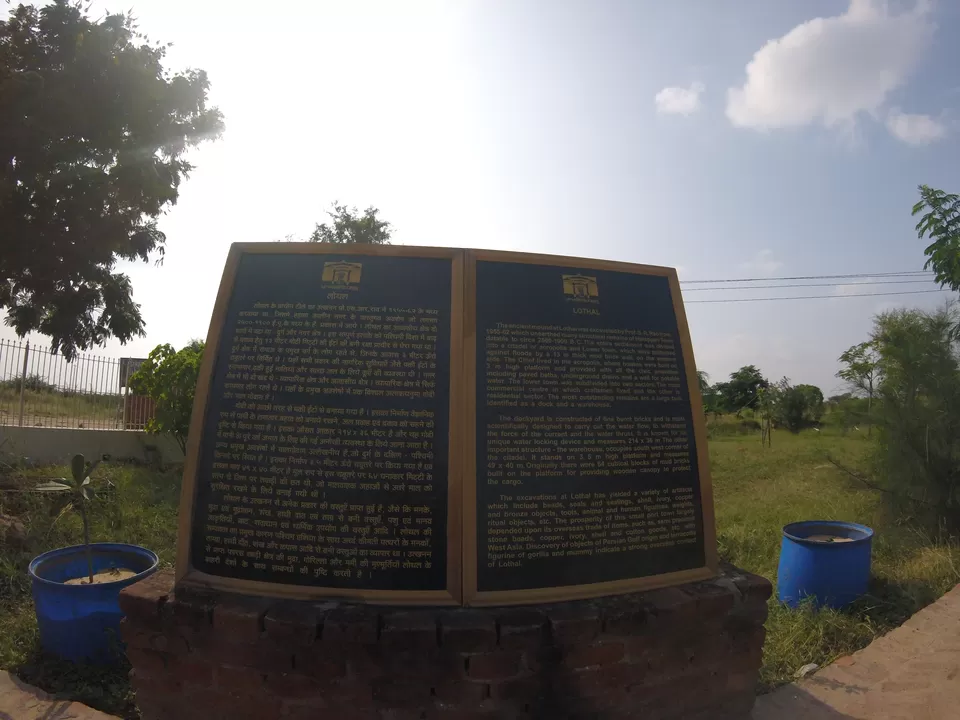
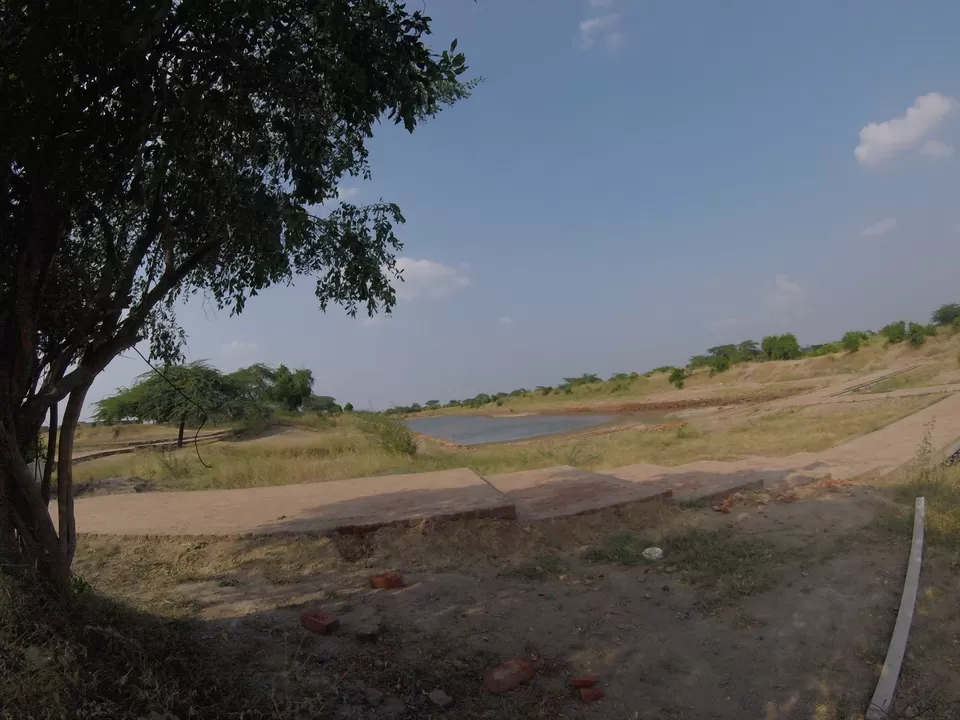
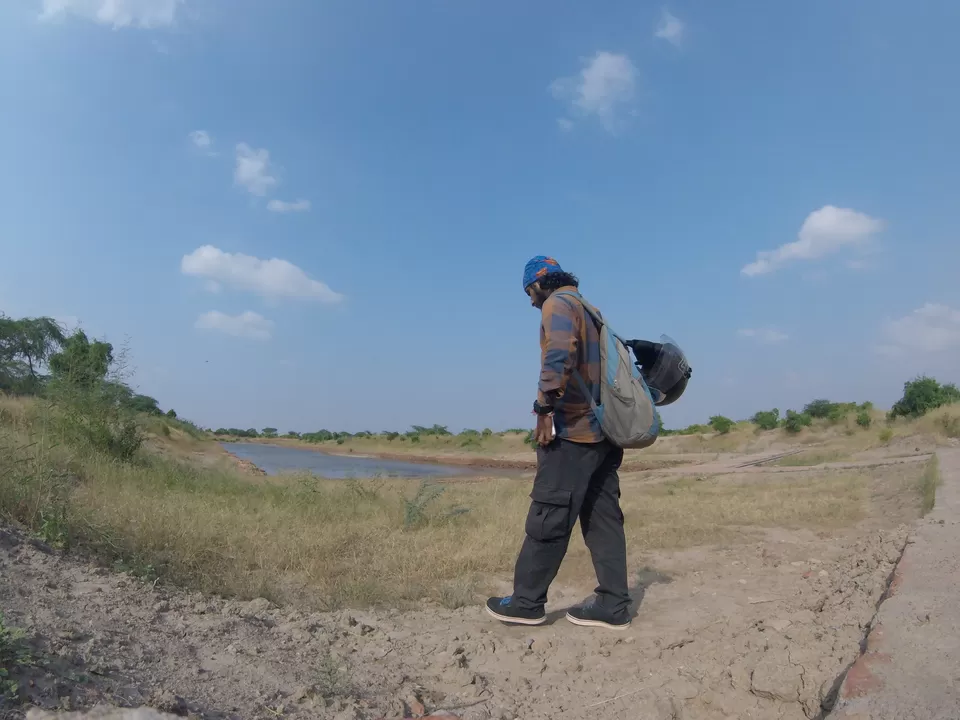
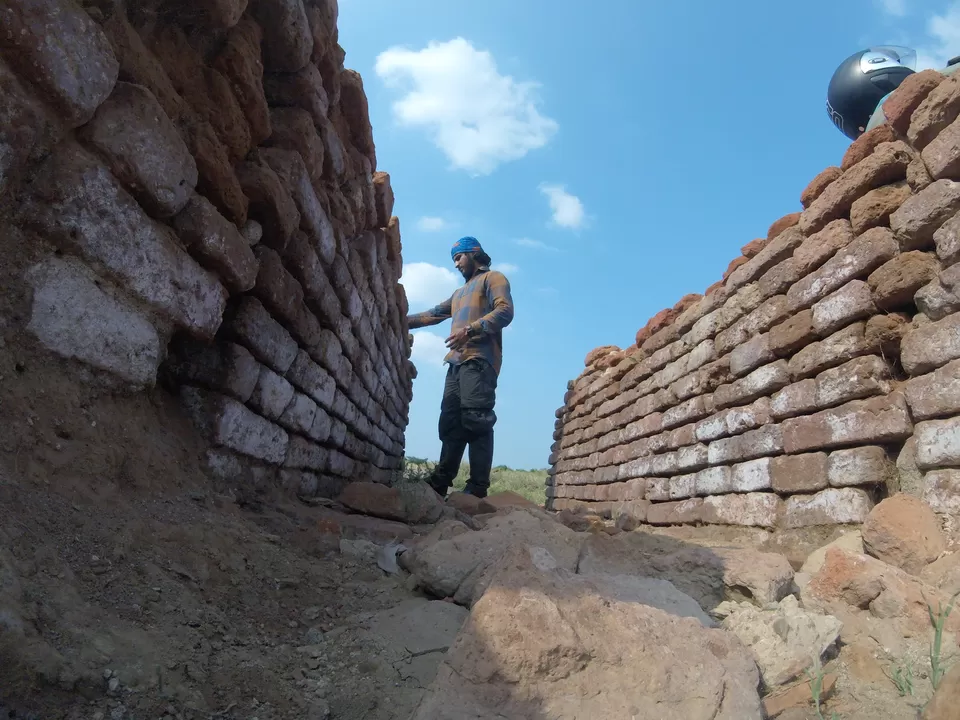
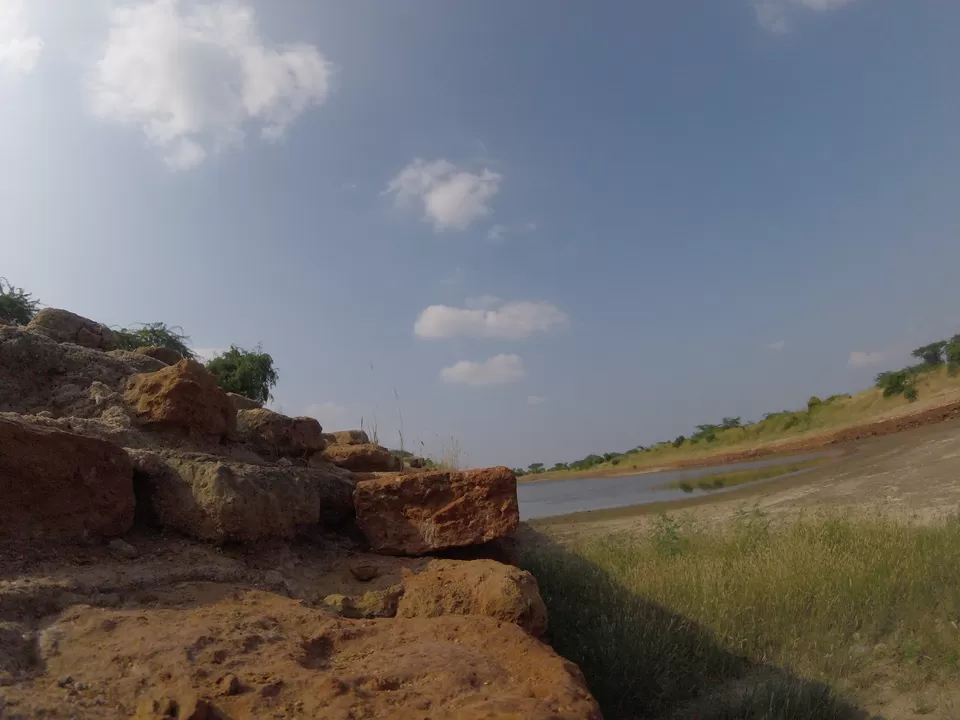
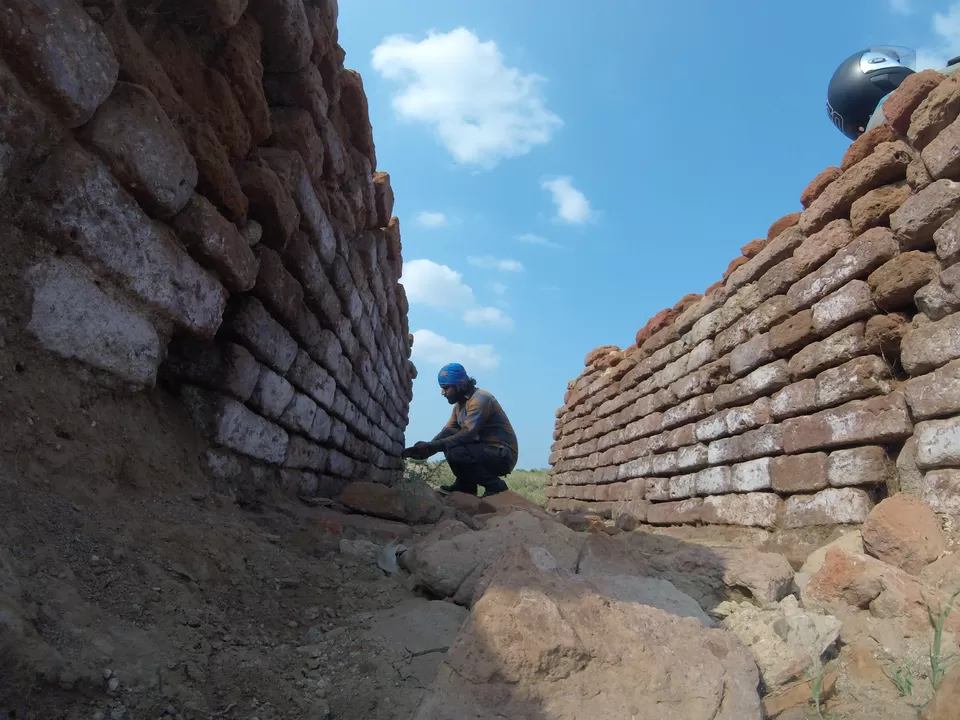
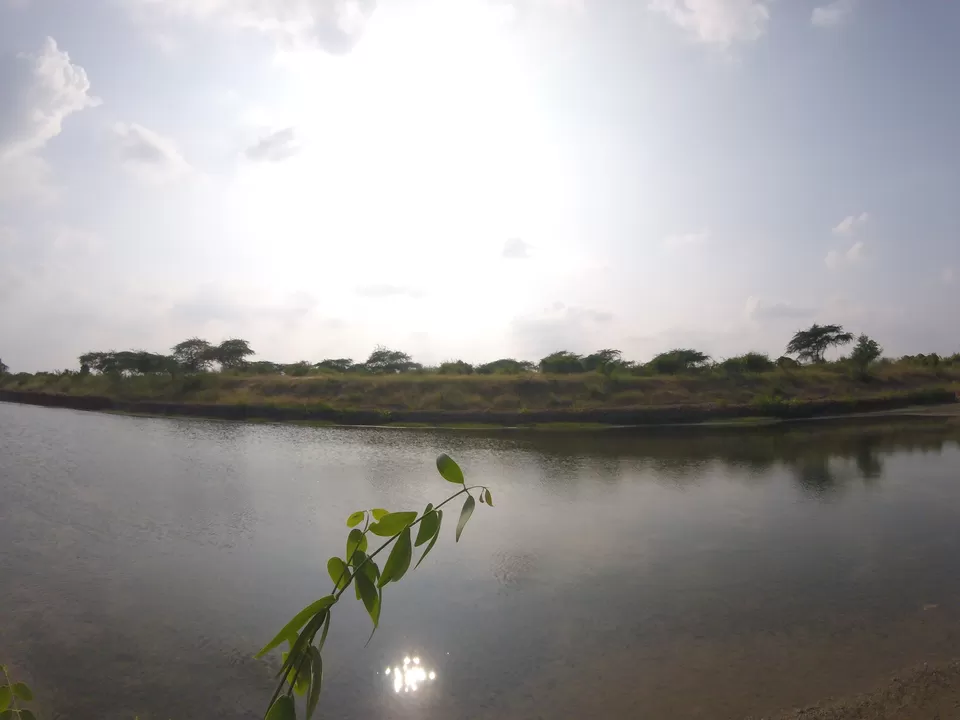
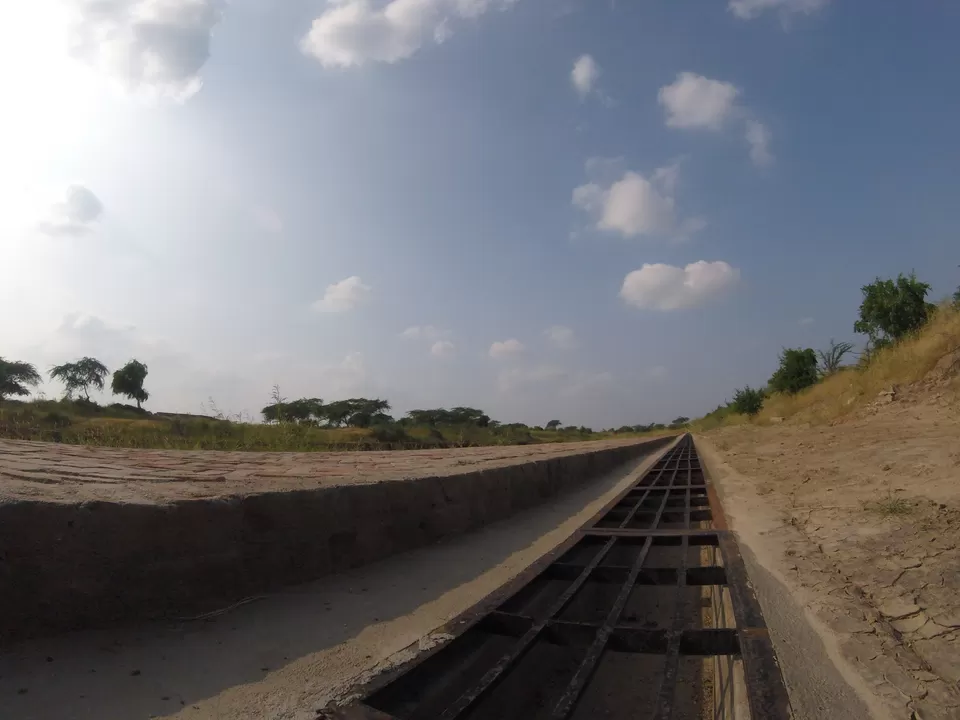
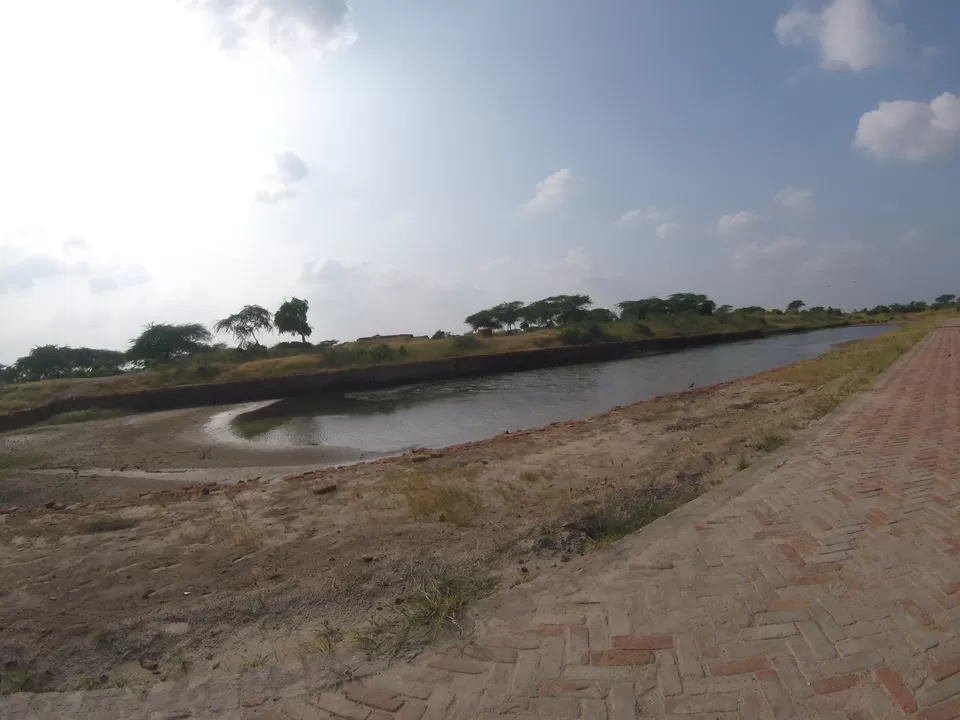
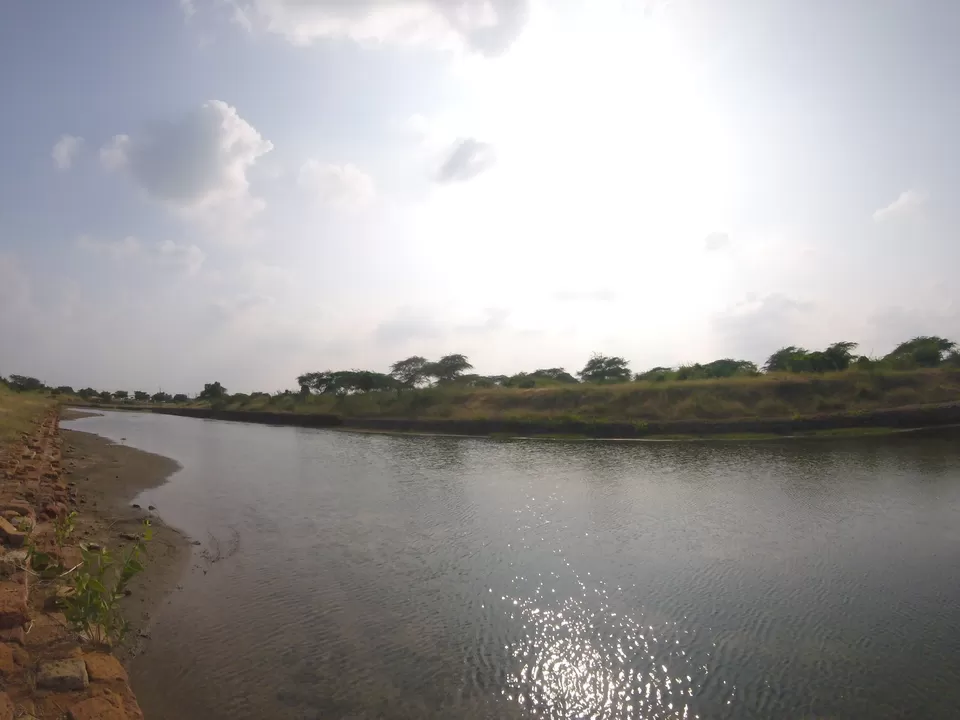
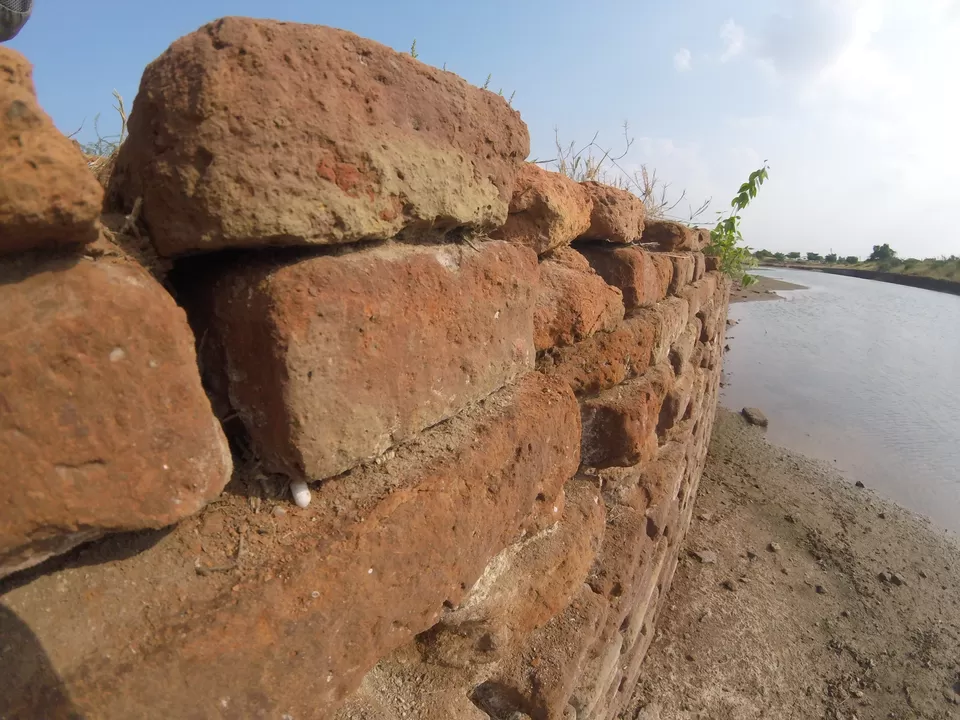
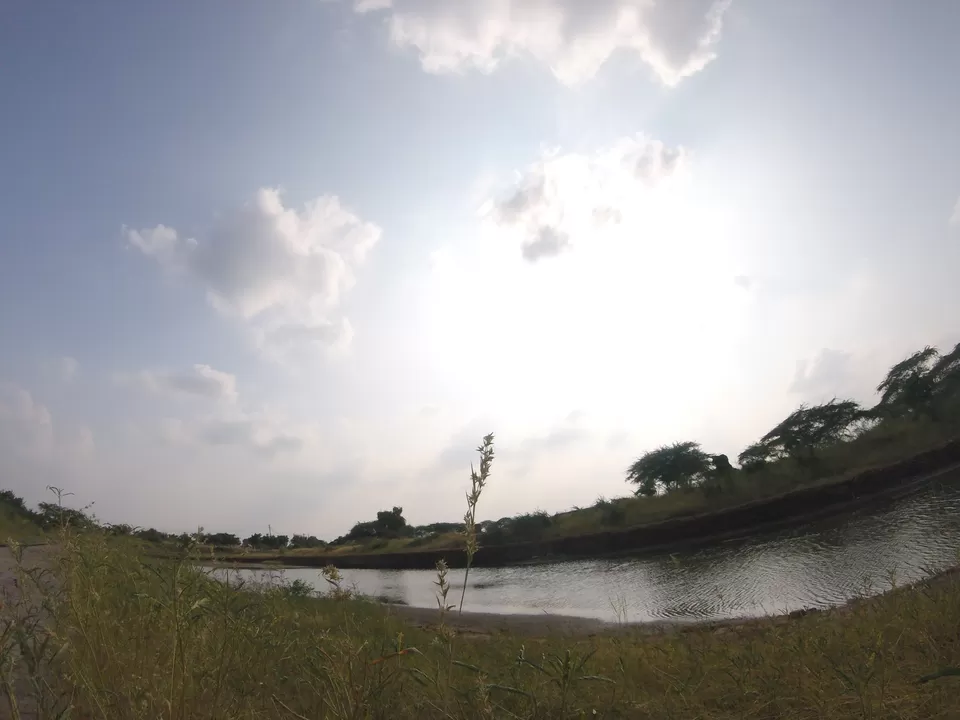

After I had visited the dockyard thoroughly, I walked towards the main town of the city. Harappan cities are mainly divided into three parts: upper town, middle town and lower town. On the upper town, we find the acropolis or the citadel. In the middle town, people with upper category (like ministers and traders ) used to live and in the lower town, farmers, coppersmith etc used to live. Although Lothal is not a big site like Harappa or Dholavira, it still gives a great hint of the town planning of that era.
(Harrapa and MohenJodaro people might not aware of the floods) Lothal people were definitely aware of the floods of Sabarmati river as they had developed well planned city which could withstand the floods to a great extent. They created sun dried brick walls around the city. Walls in the upper town were built with fire dried or sun dried brick and in the lower town were built with the mud bricks.
I walked towards the warehouse where the beads and gems to be exported were packaged and sealed. It is supposed that the warehouse was divided into 64 blocks. 12 blocks are still visible.
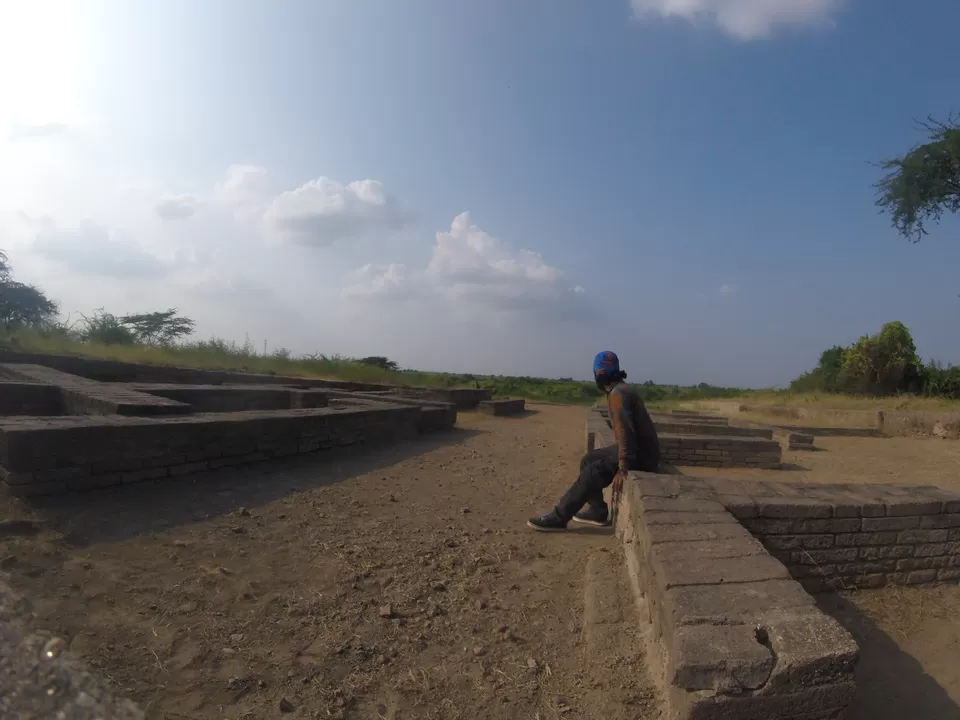
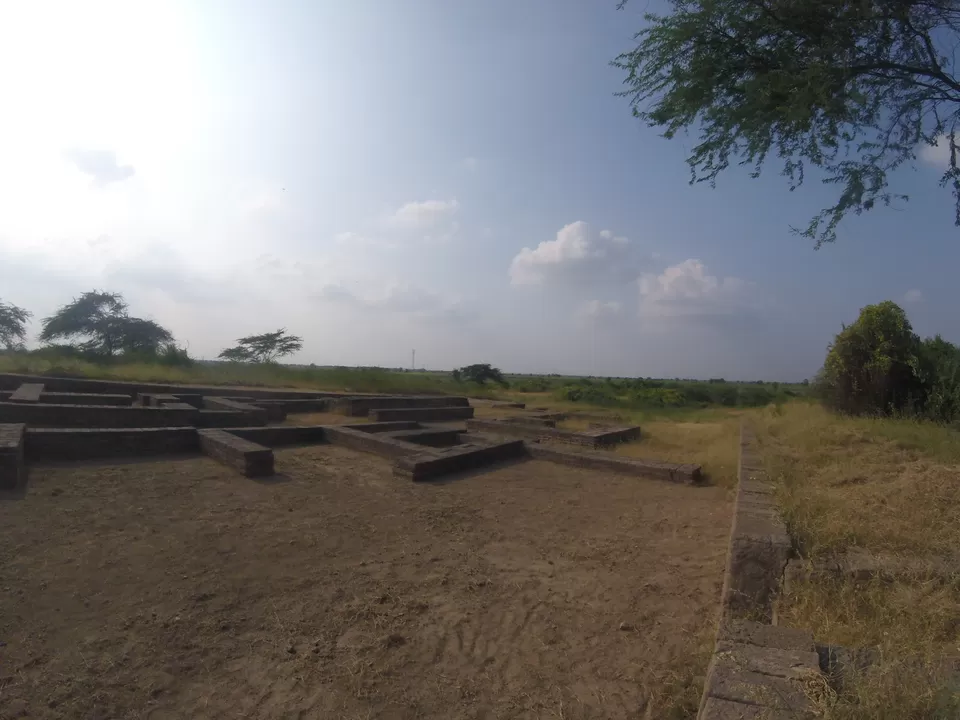
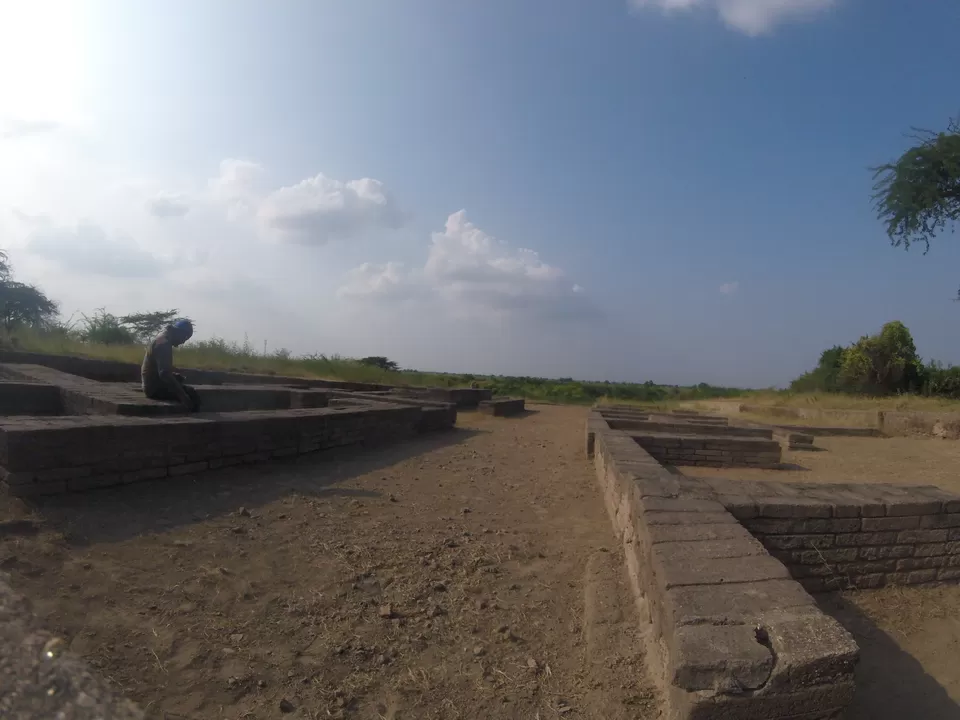
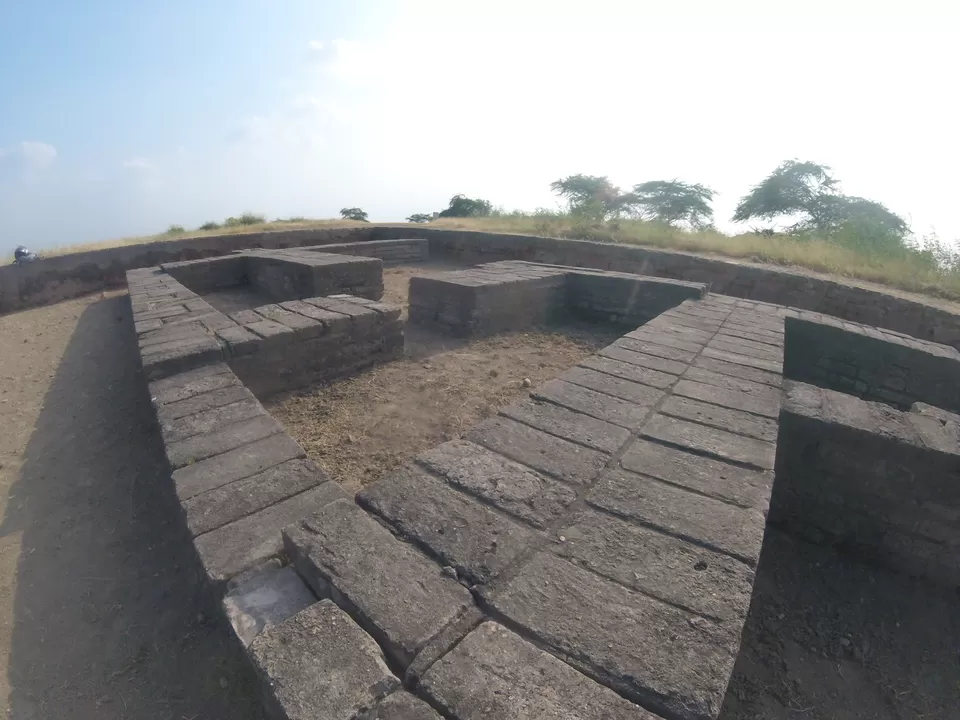
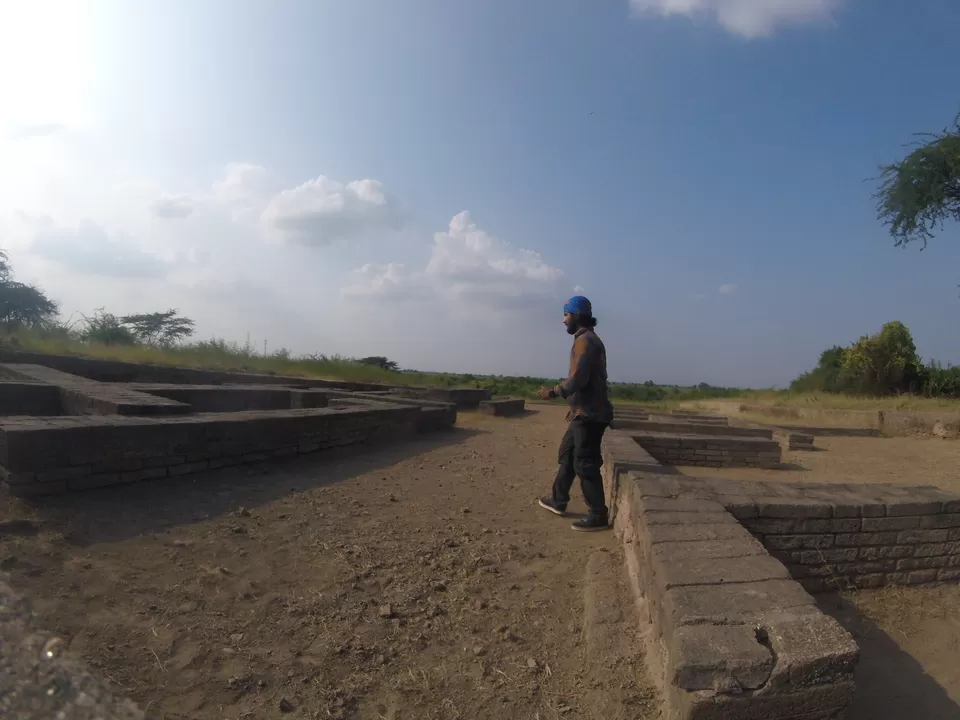
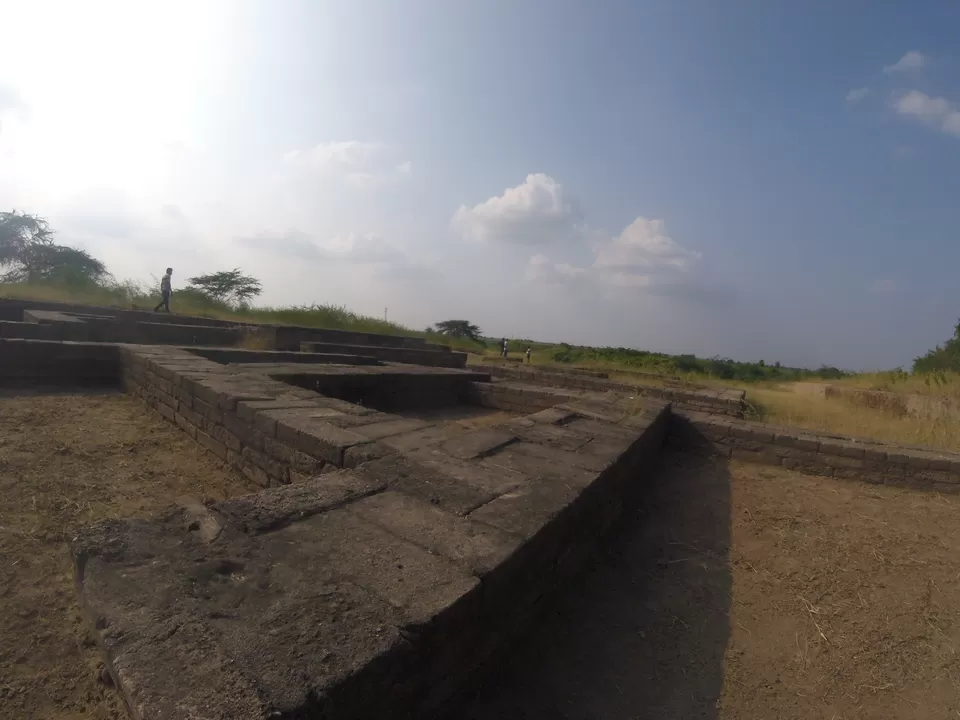

Then I walked towards the lower town area. Here I didn't find much of the structures as these were not made of fire kiln dried bricks. These were mostly built with mud bricks.

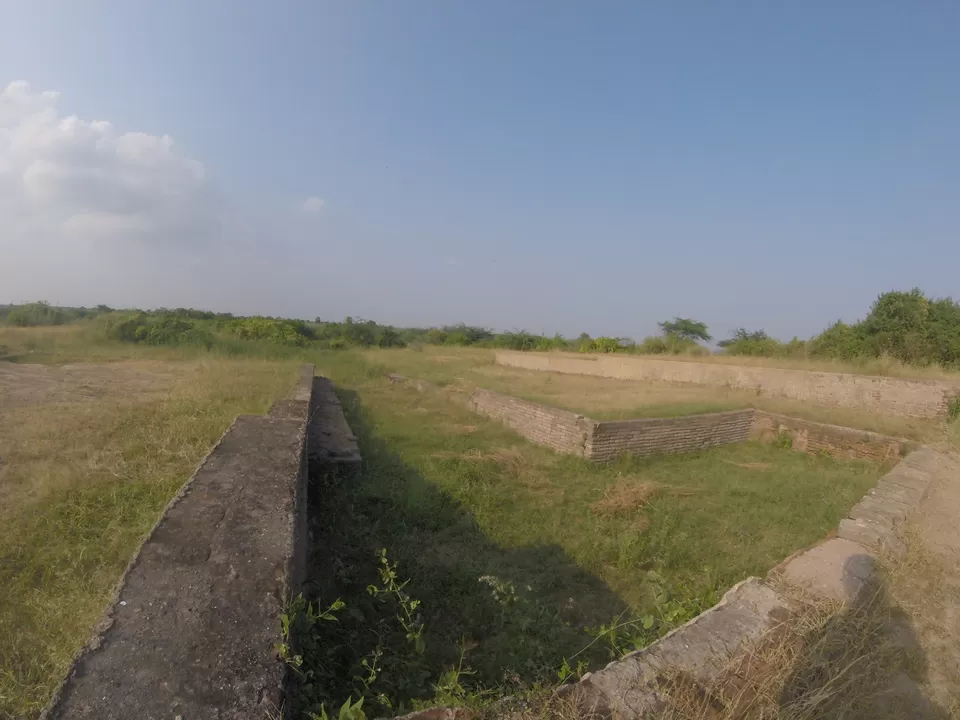


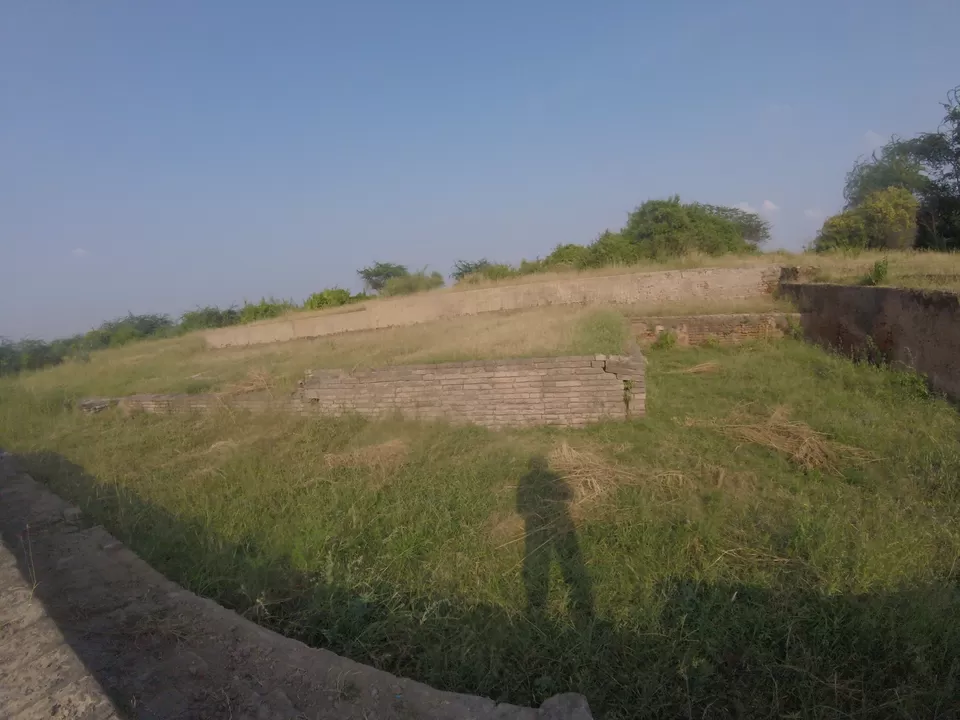
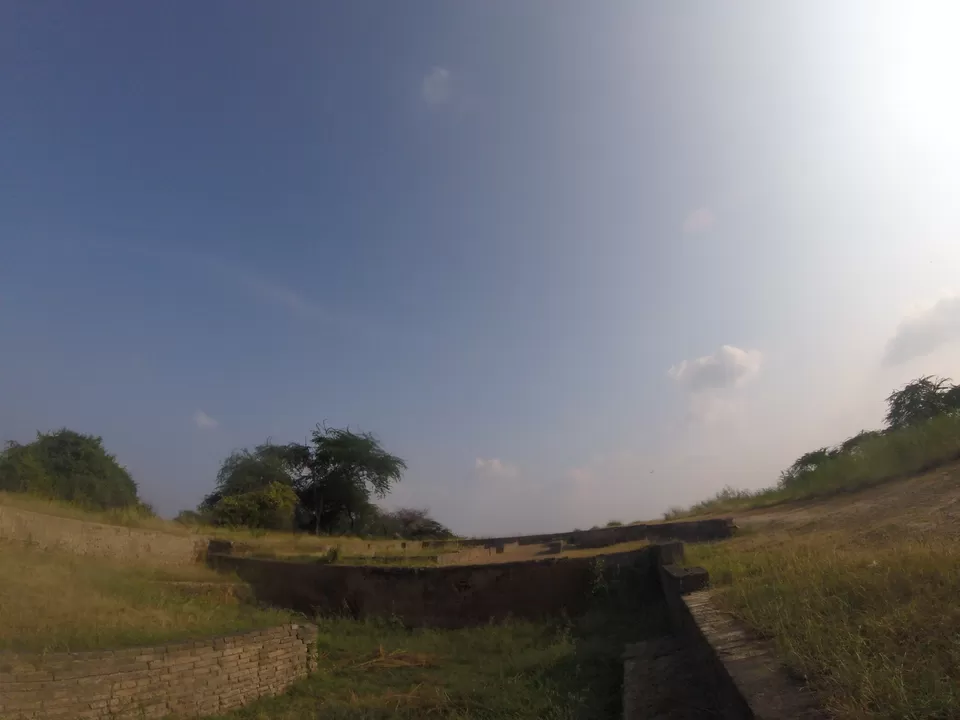
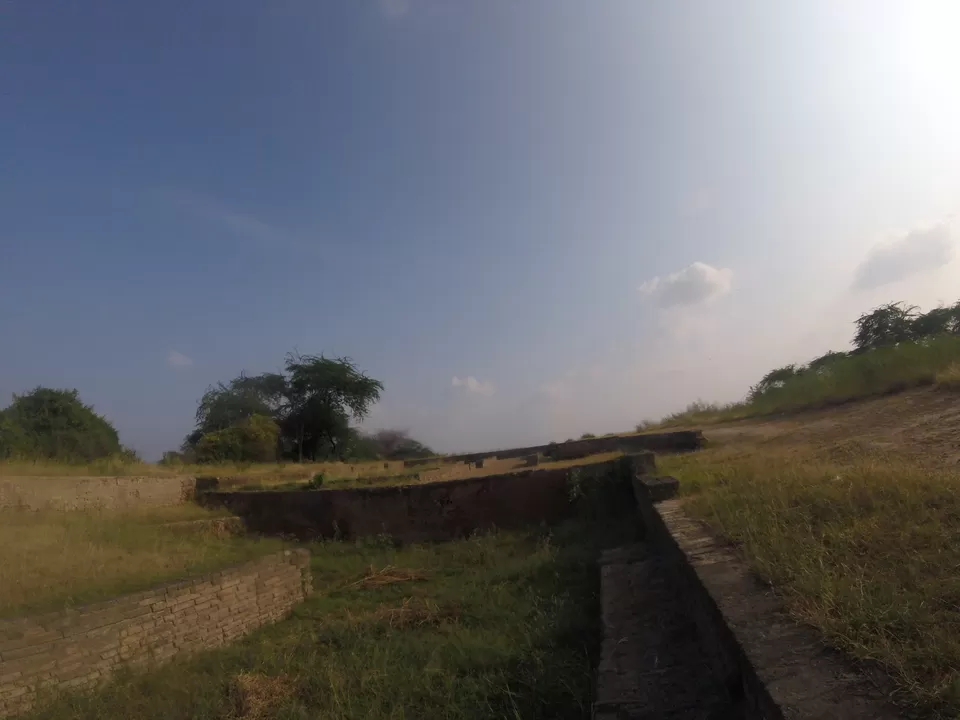
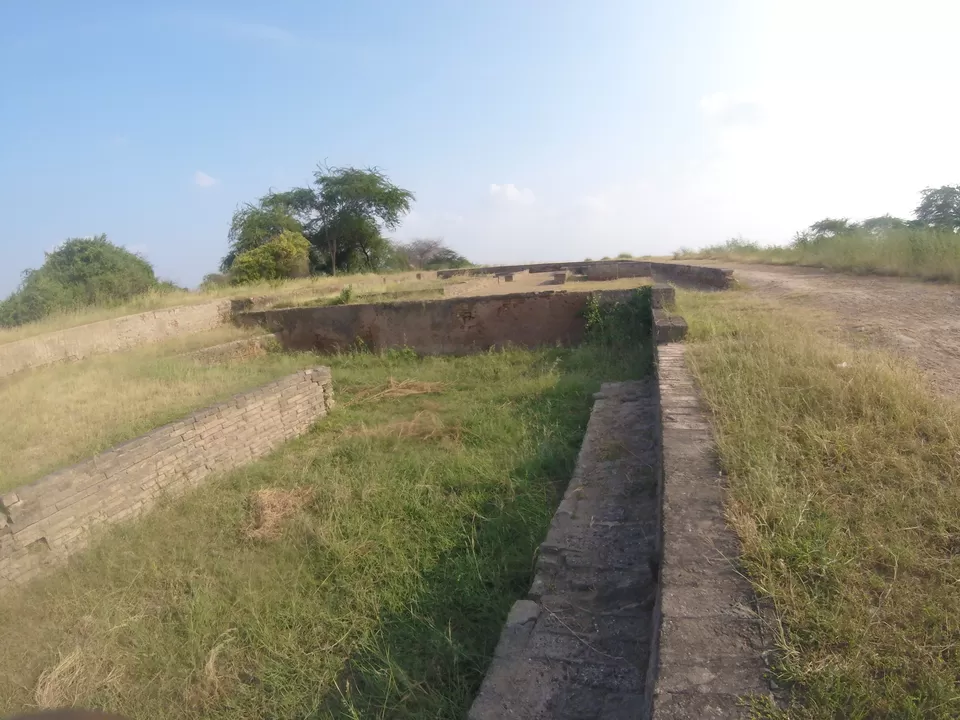
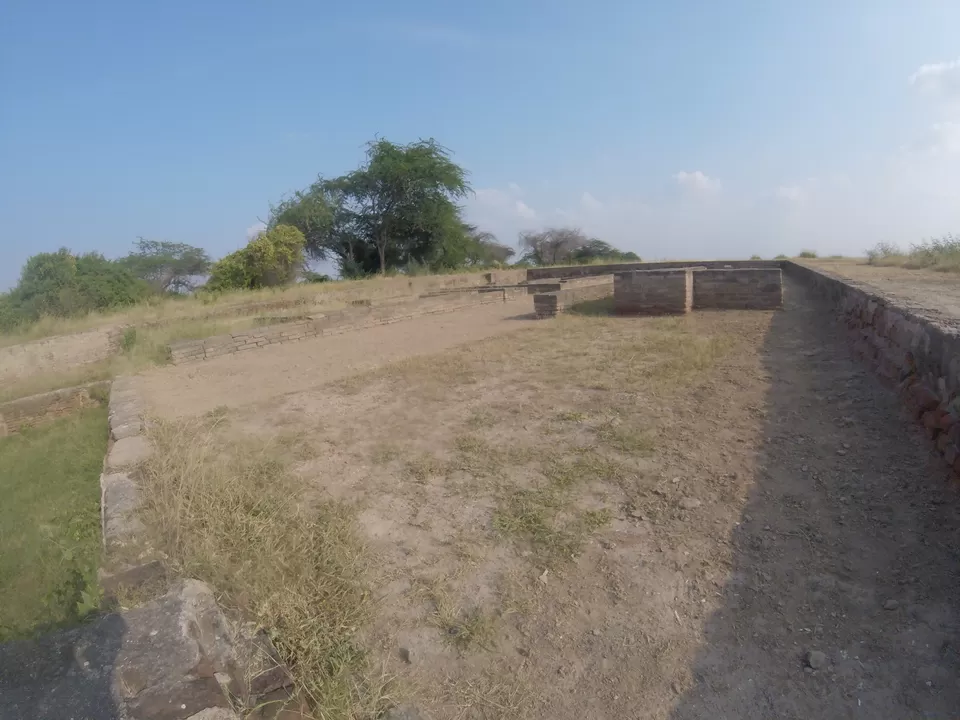
Then I moved towards the upper town of Lothal. Most of the structures of the acropolis are still remaining and can be guessed what they were used for at that time.
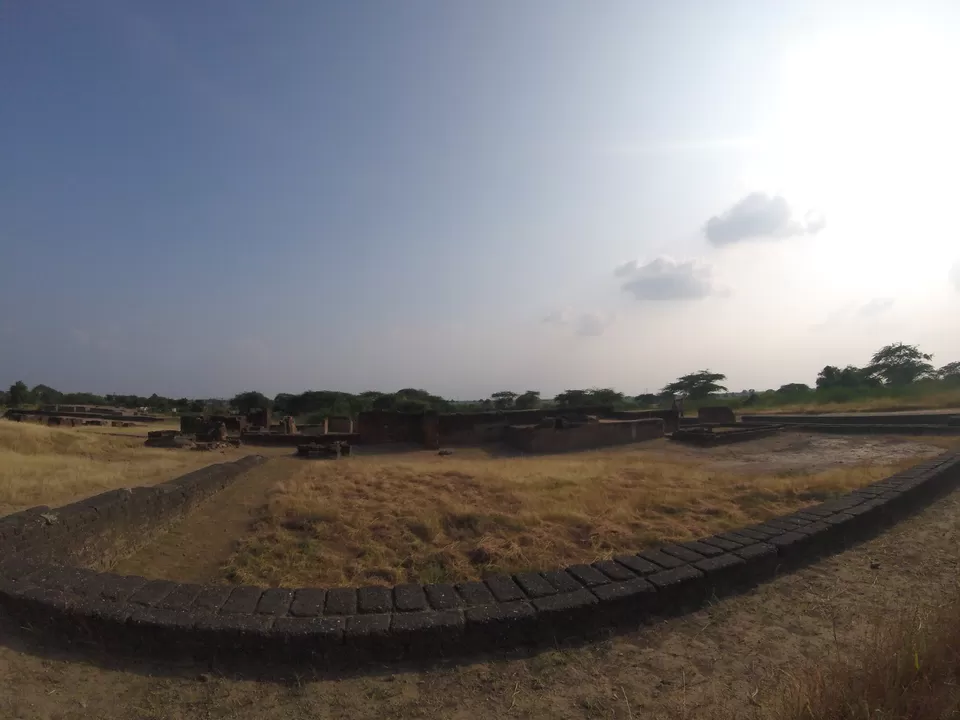
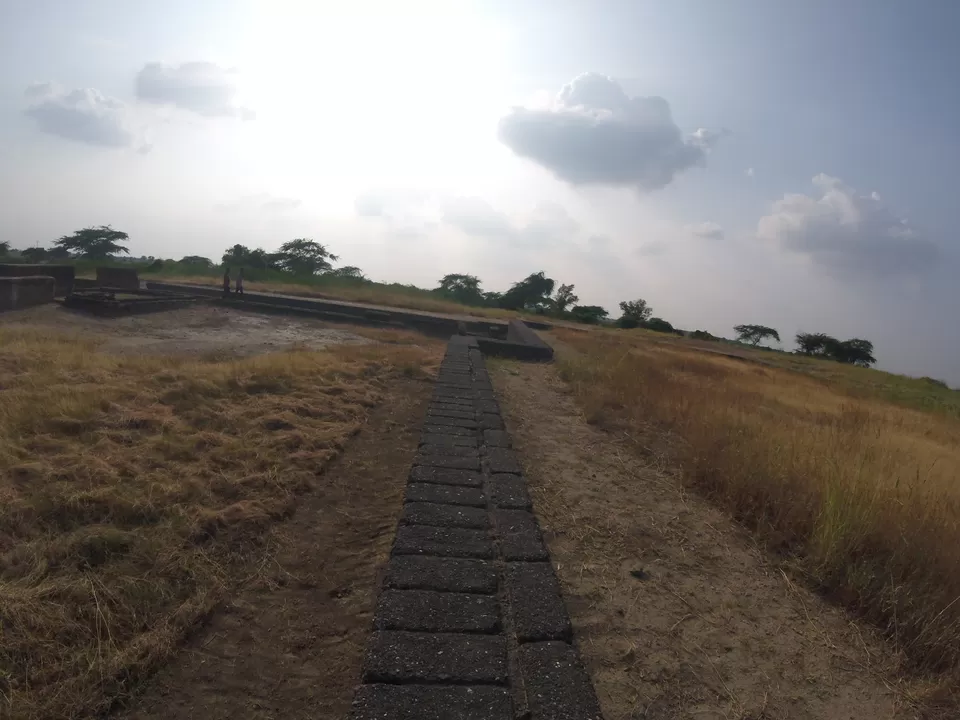
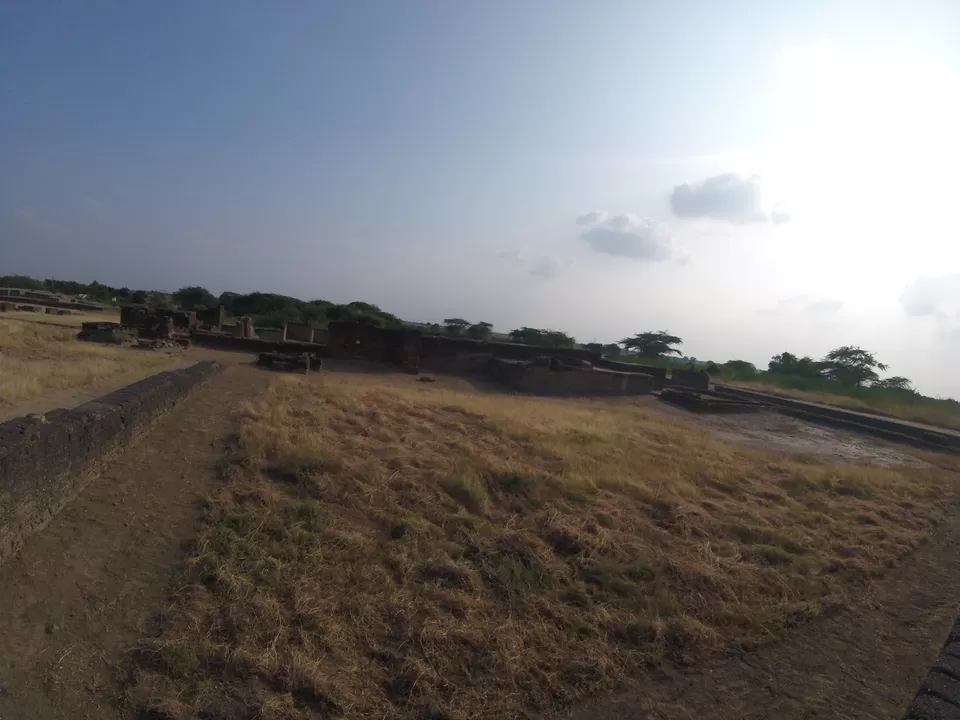
The most unique feature of Lothal ( even of any Harappan cities ) is the drainage system. Lothal people had also created a remarkable drainage system. They had even cared a lot for the sewage drainage system. We can still found the remaining of these system in the acropolis of Lothal.
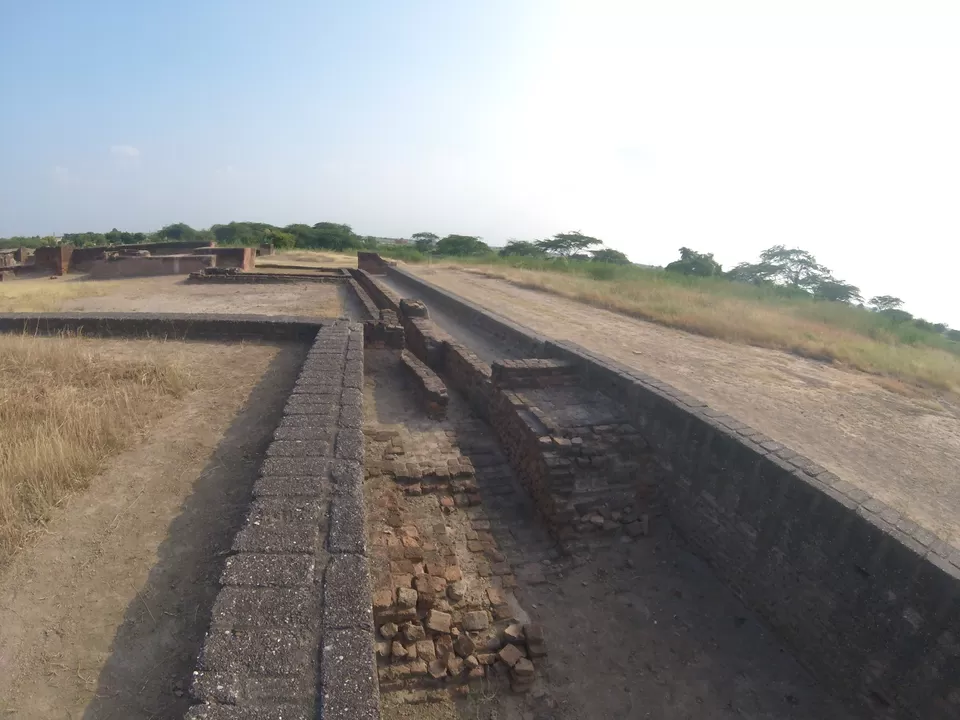
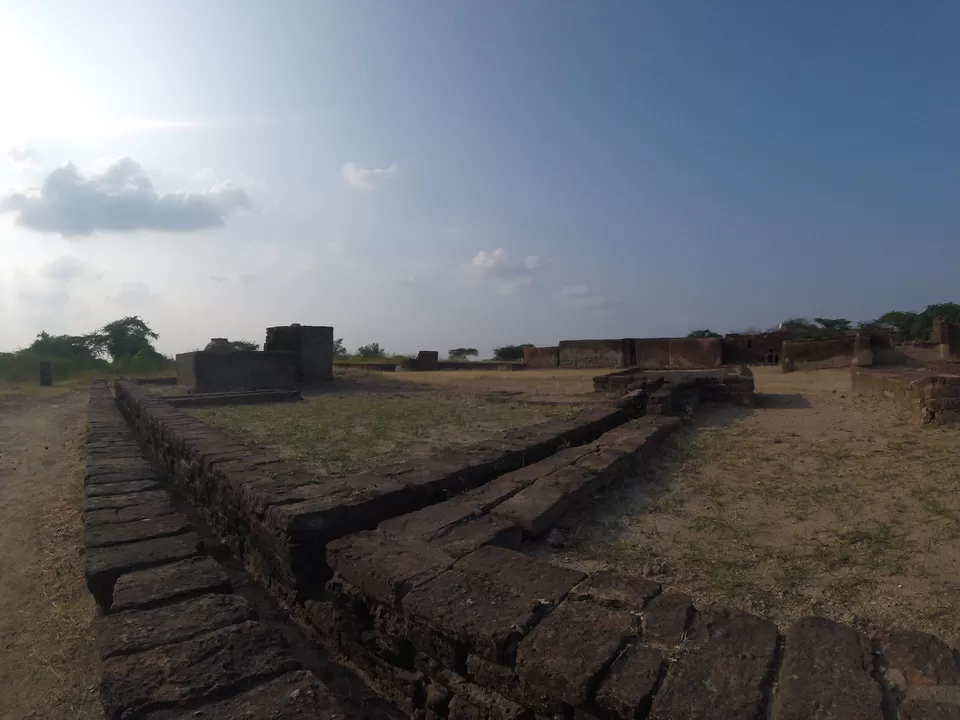
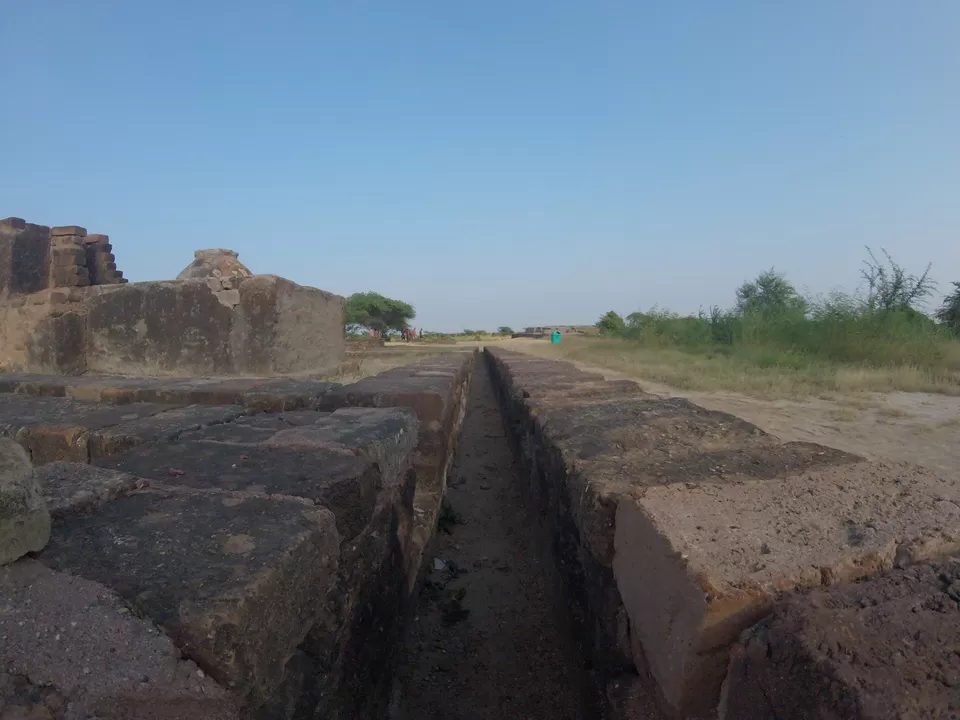
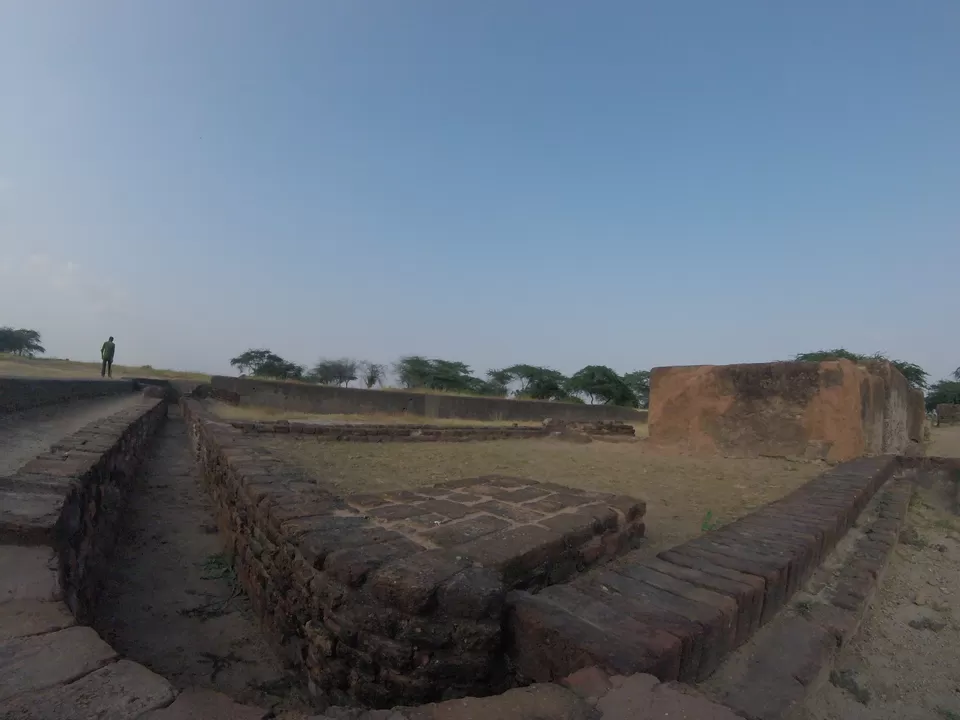
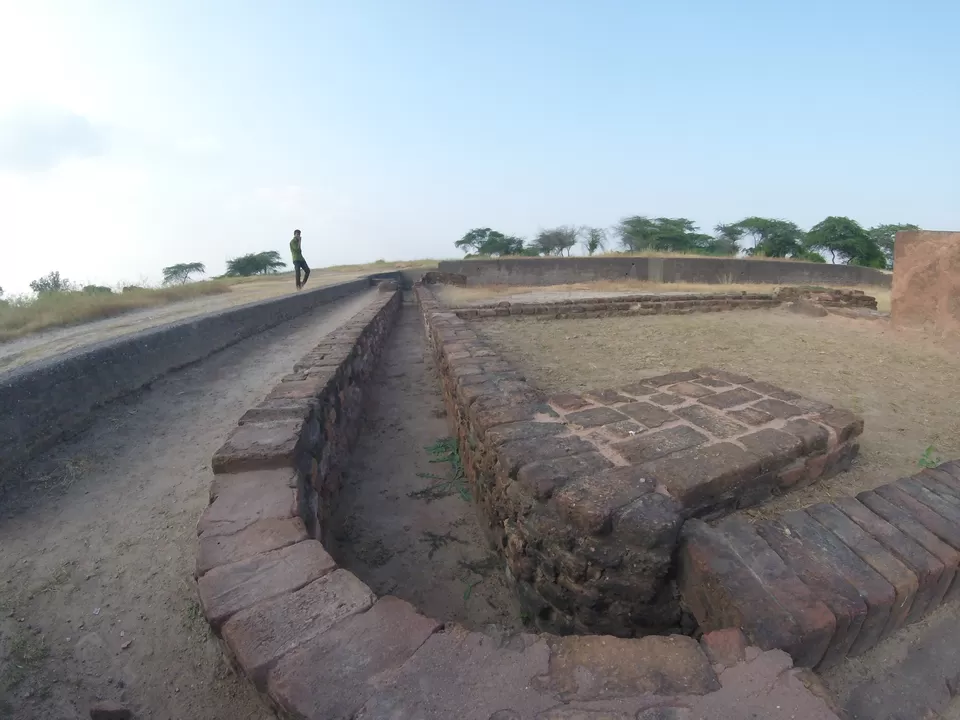
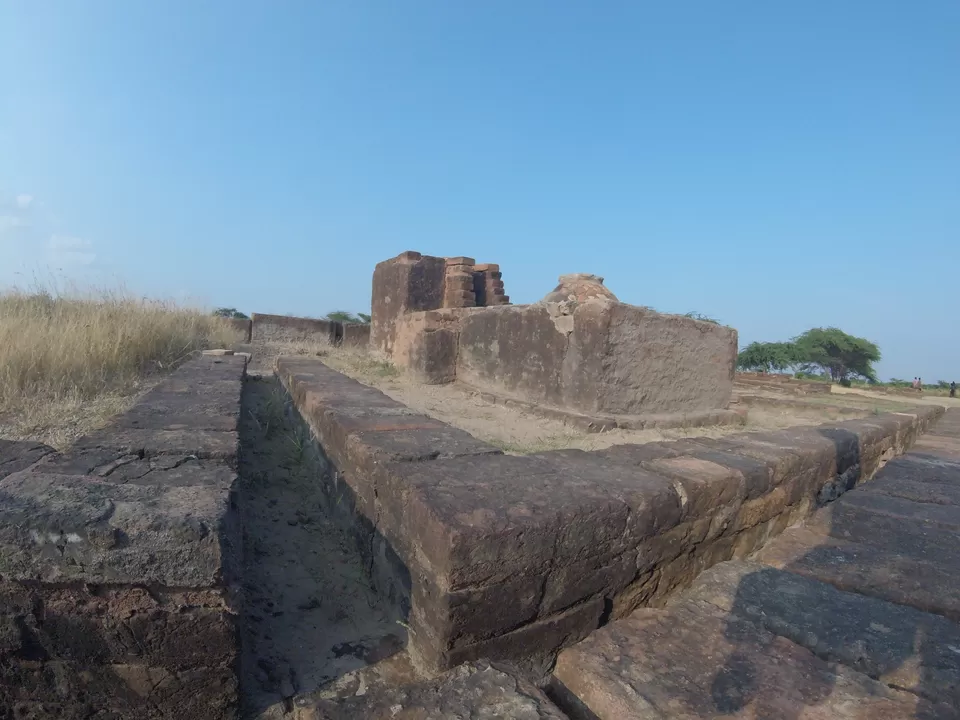
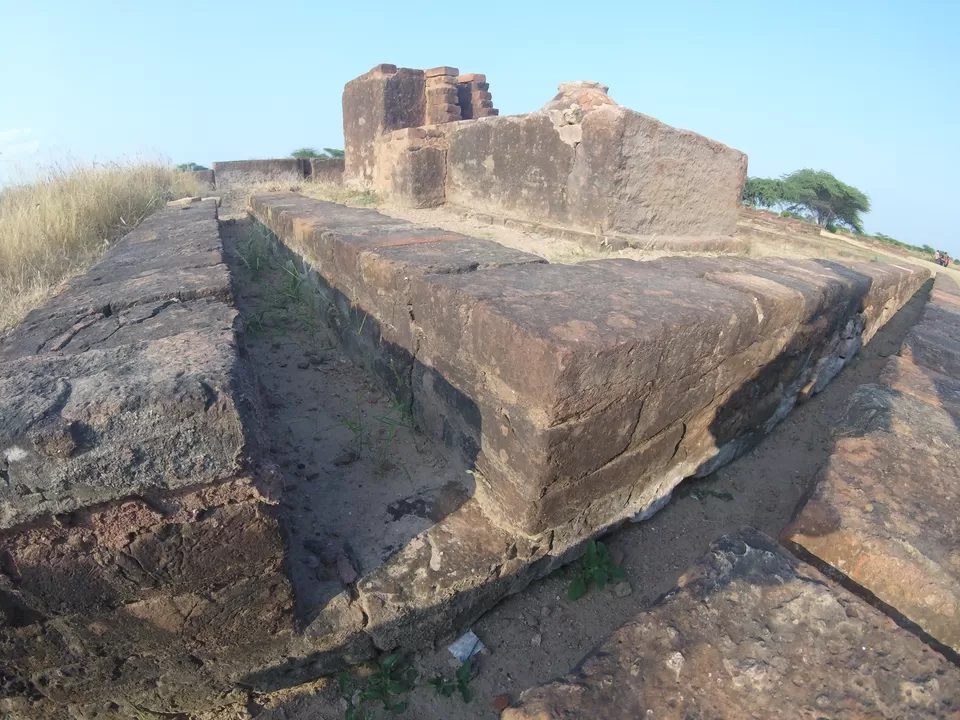
Kitchens and wells are also spread in the upper town.
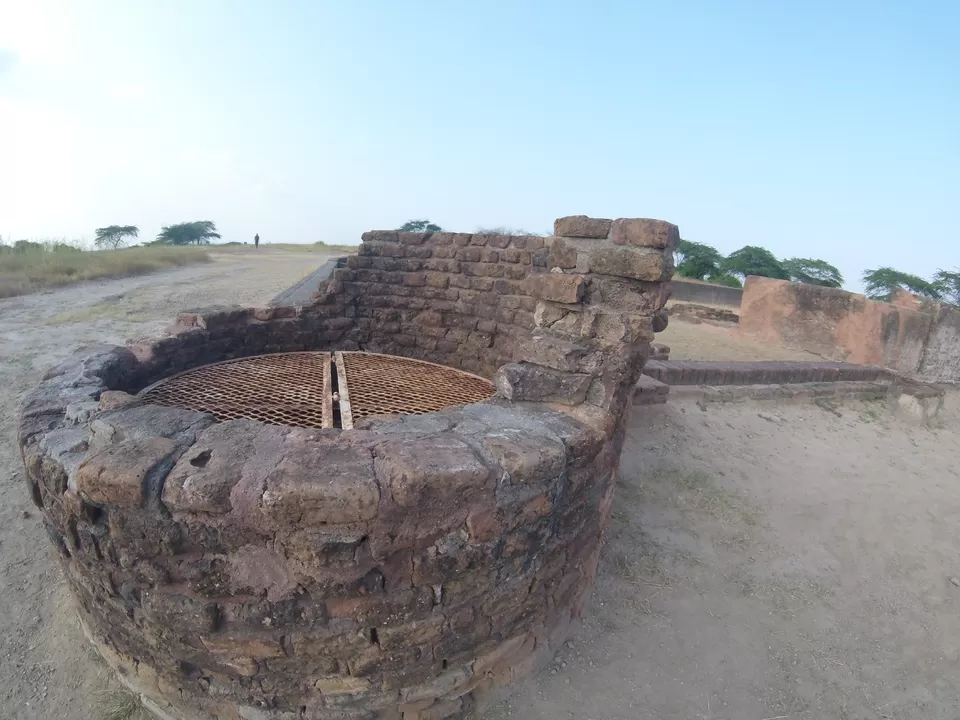
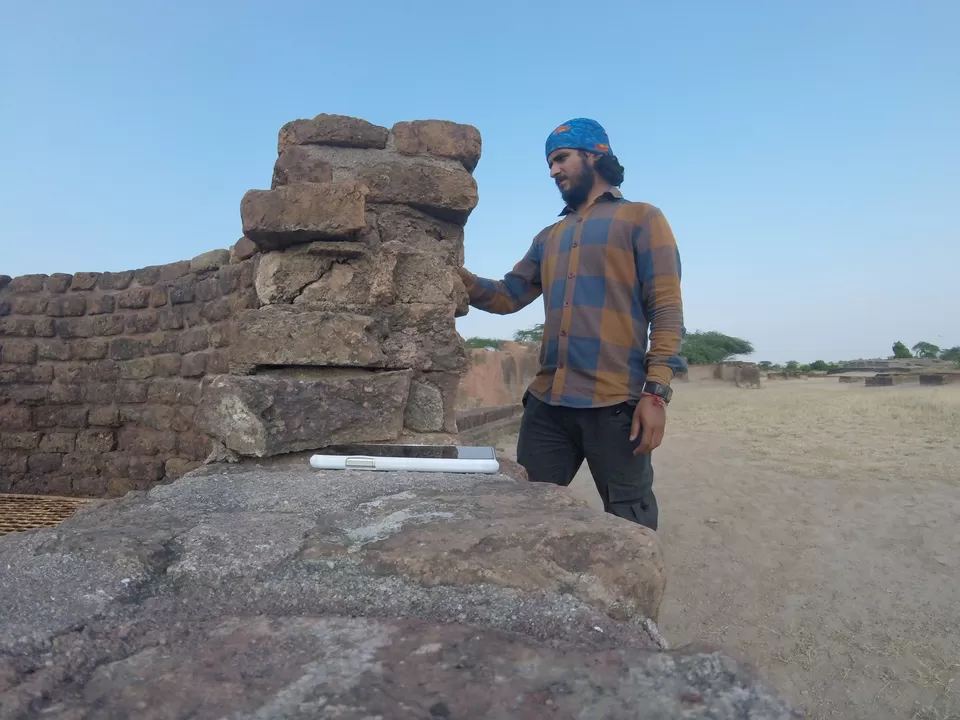
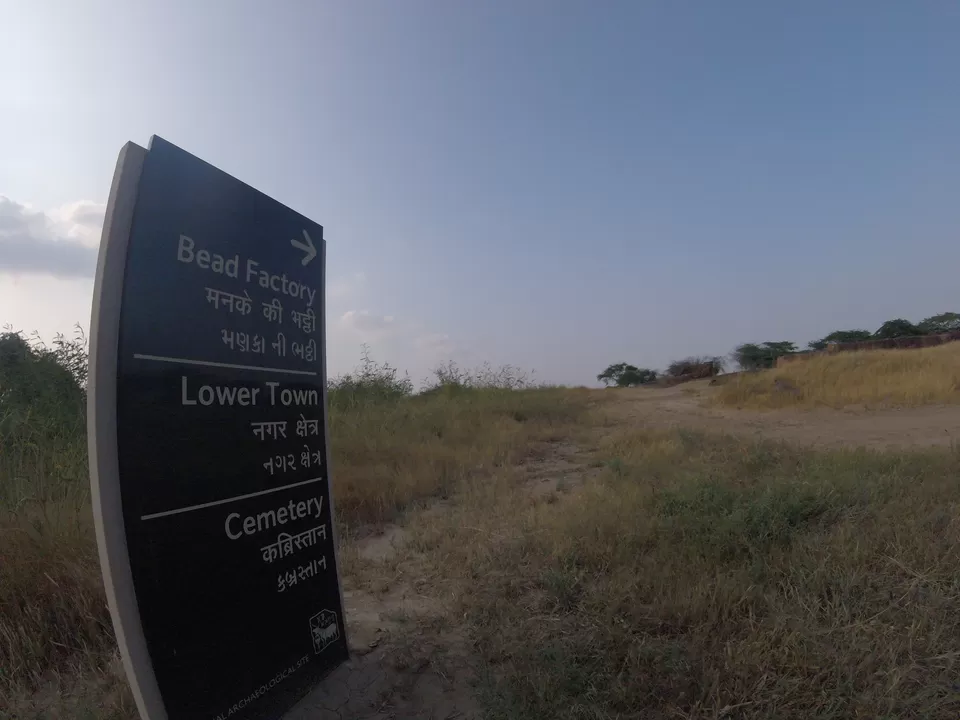
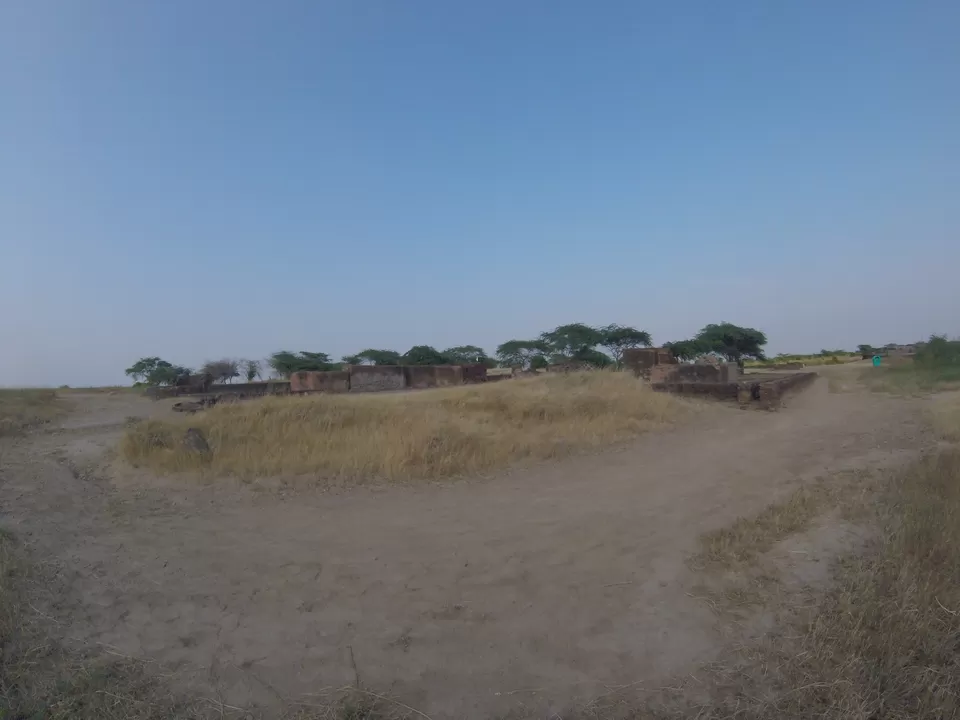
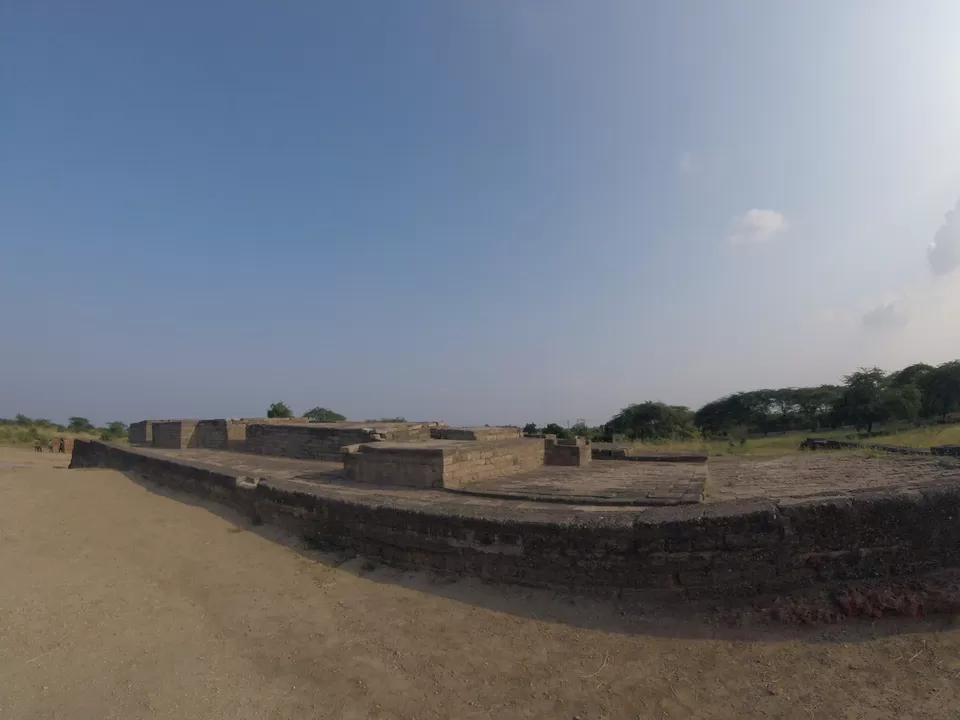
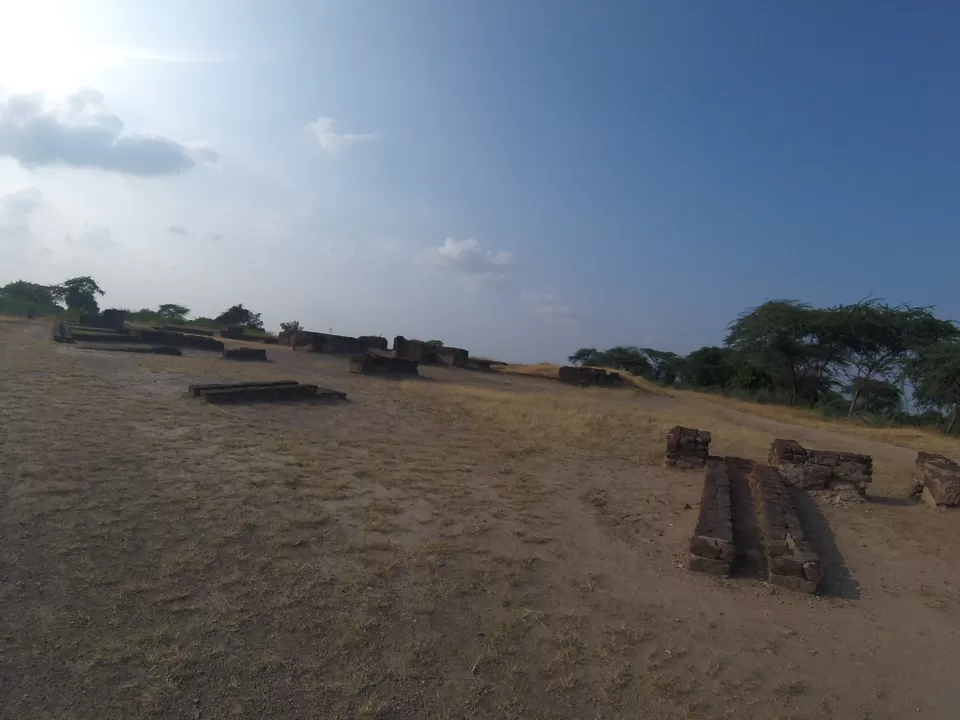
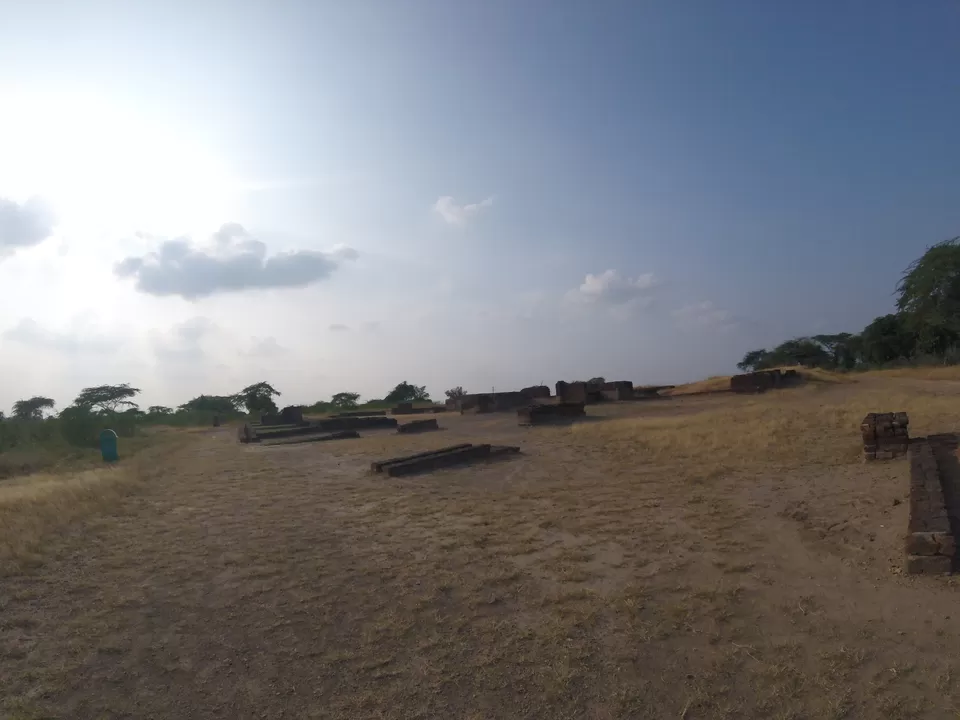
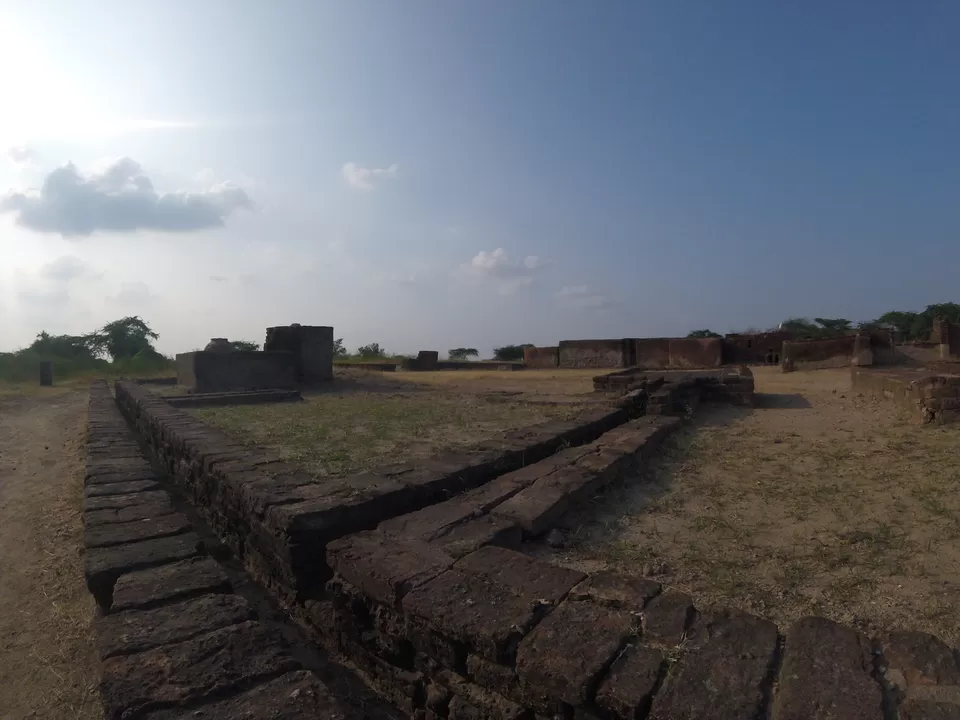

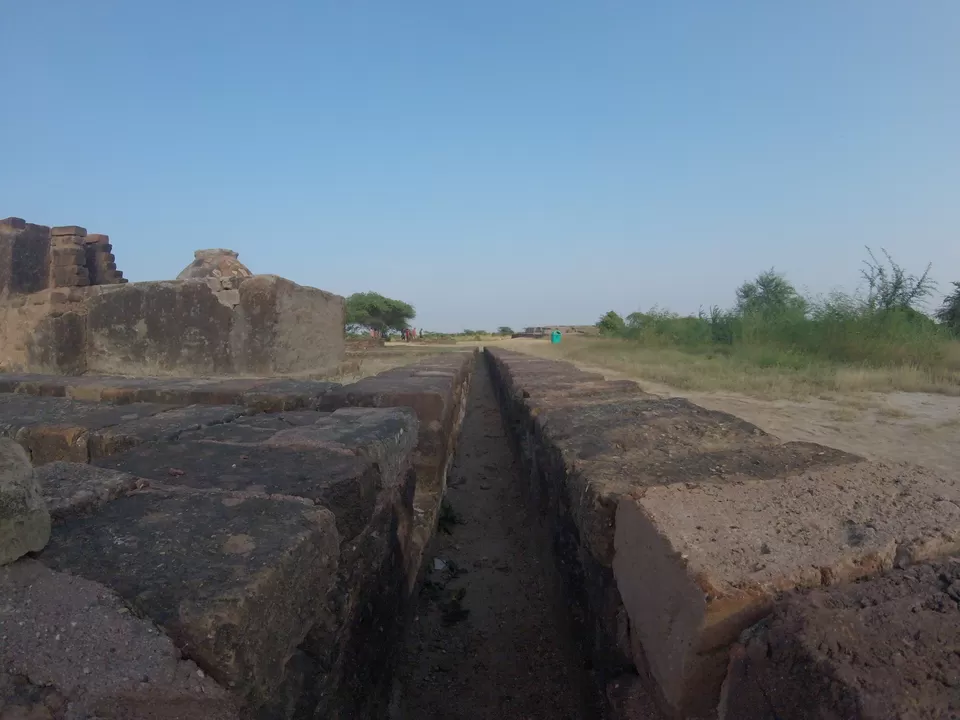
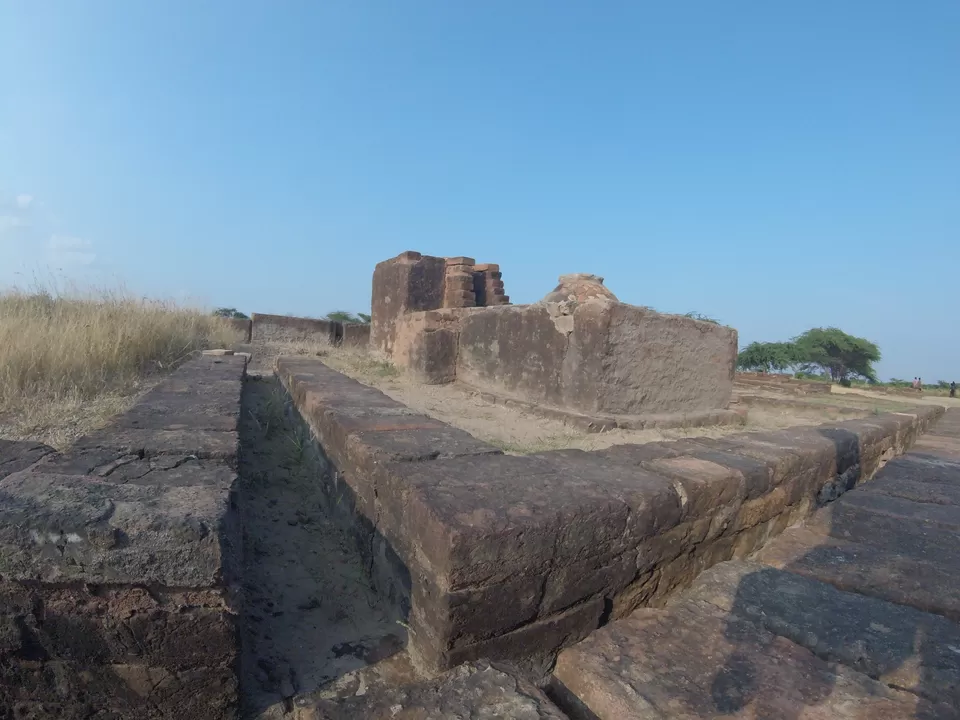
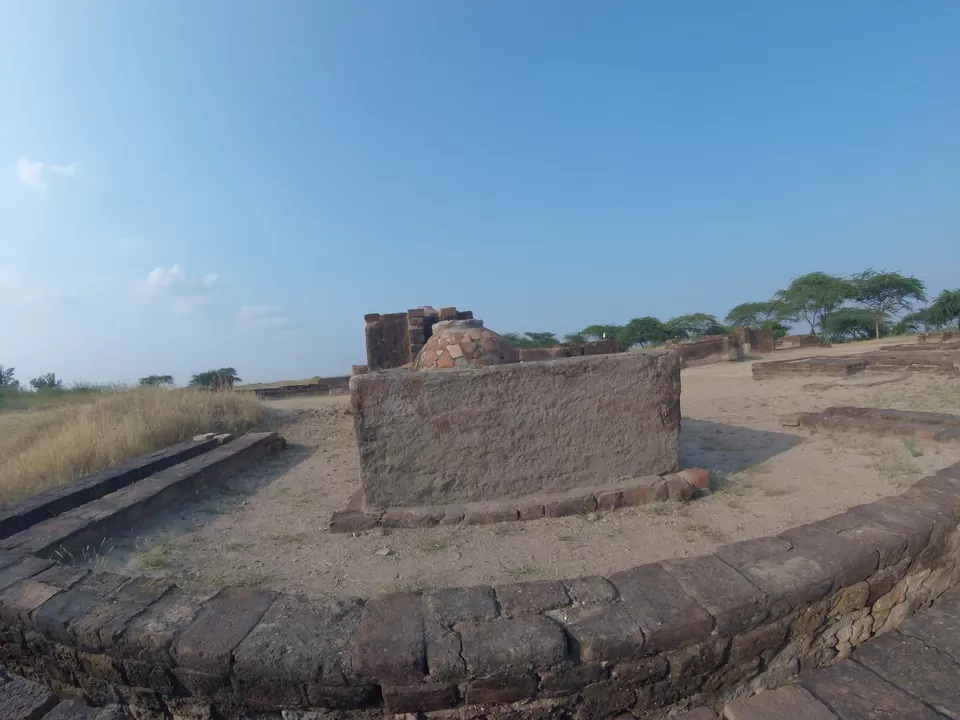


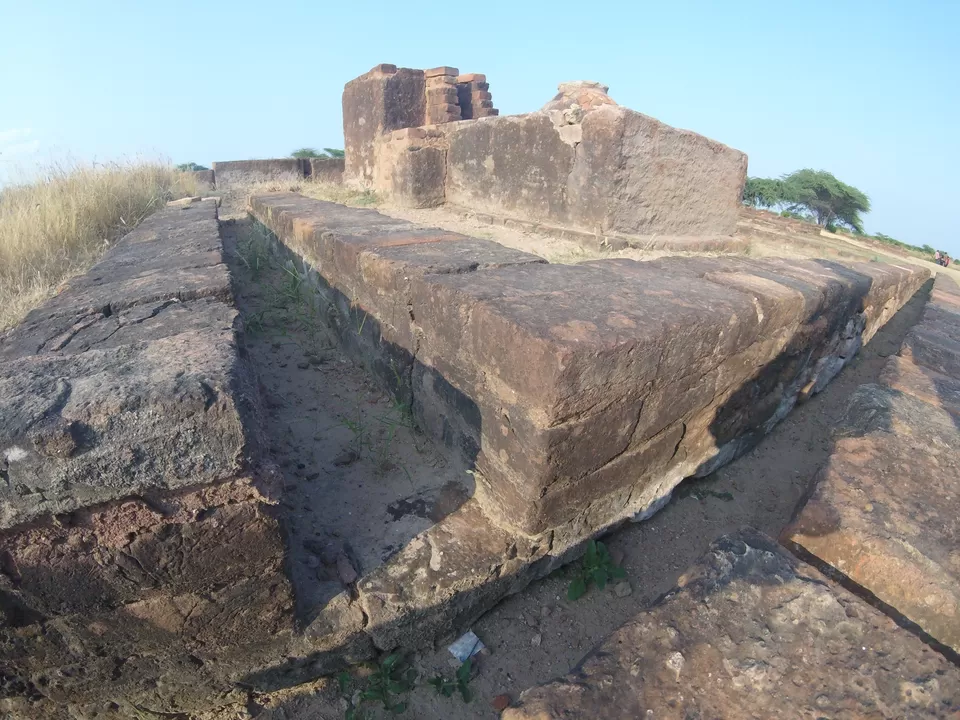
It was already 4 pm and I was still mesmerized by the imagination of this once flourished city. ASI has maintained a museum in lothal. I found a lot of information regarding lothal and other harappan cities from this museum.
It was 5 pm and I decided to depart from this one of earliest civilized city of human history.


Tomorrow I would be visiting the largest site of Harappan era in India and witnessing the white salt lands of Great Rann of Kutchh and the transformation of the brown alluvial soil to the white salt.






